- Filter By:
-
-
Stock photos and images of username:glynspencer
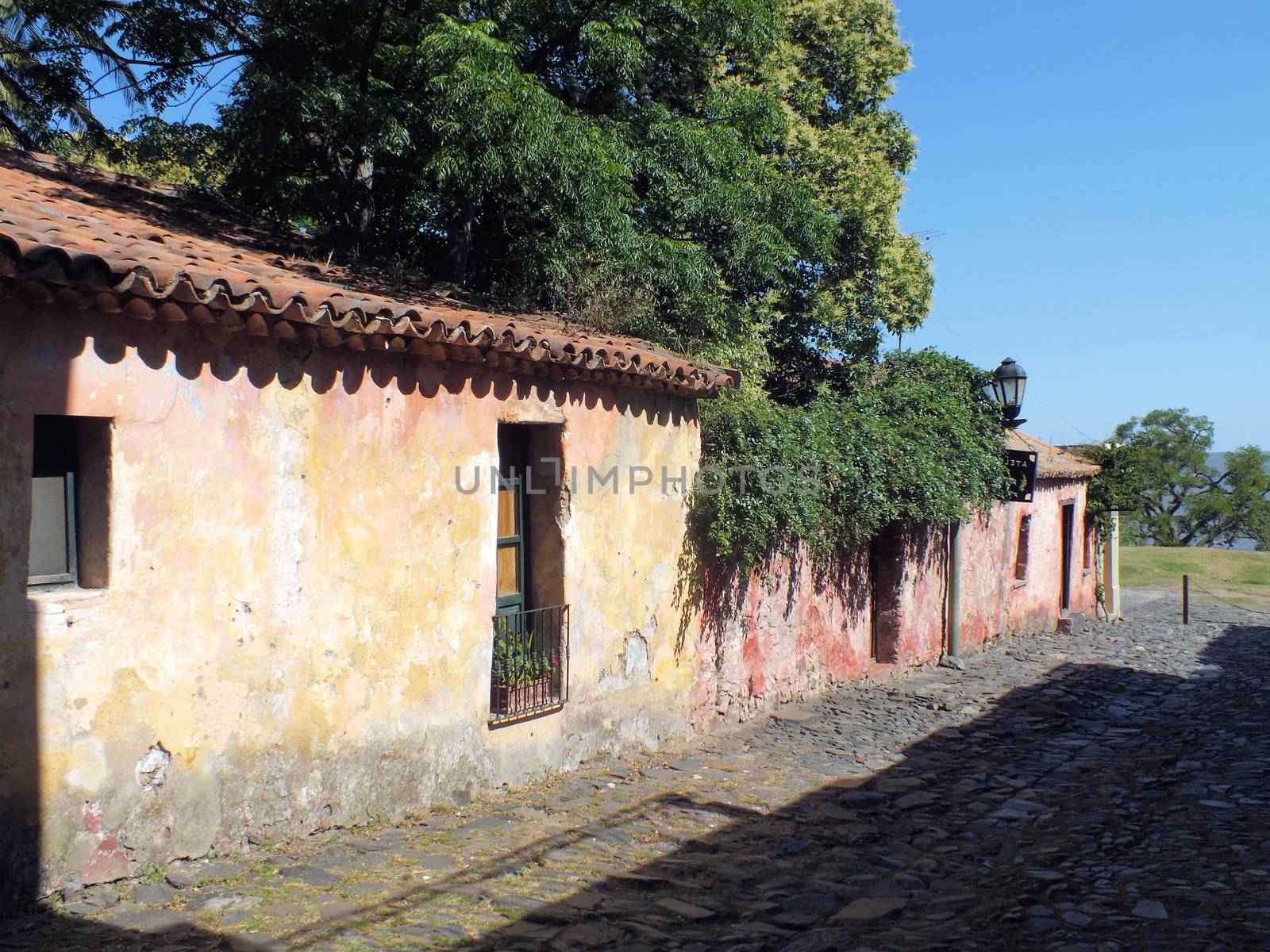
Calle de Los Suspiros
Stock PhotoUsername
glynspencerResolution
4608x3456pxCalle de Los Suspiros

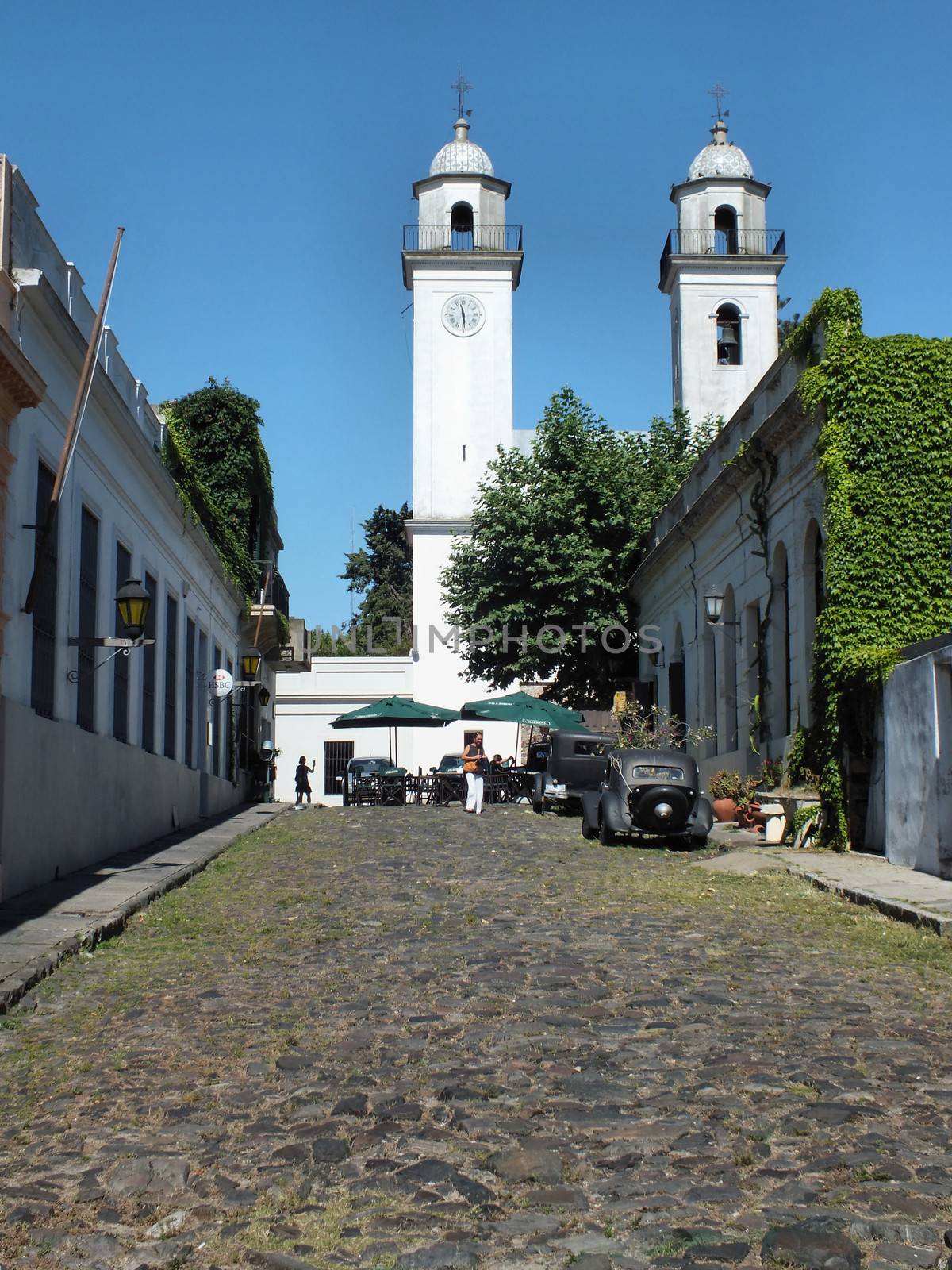
Basilica del Sanctisimo Sacramento
Stock PhotoUsername
glynspencerResolution
3382x4508pxBasilica del Sanctisimo Sacramento

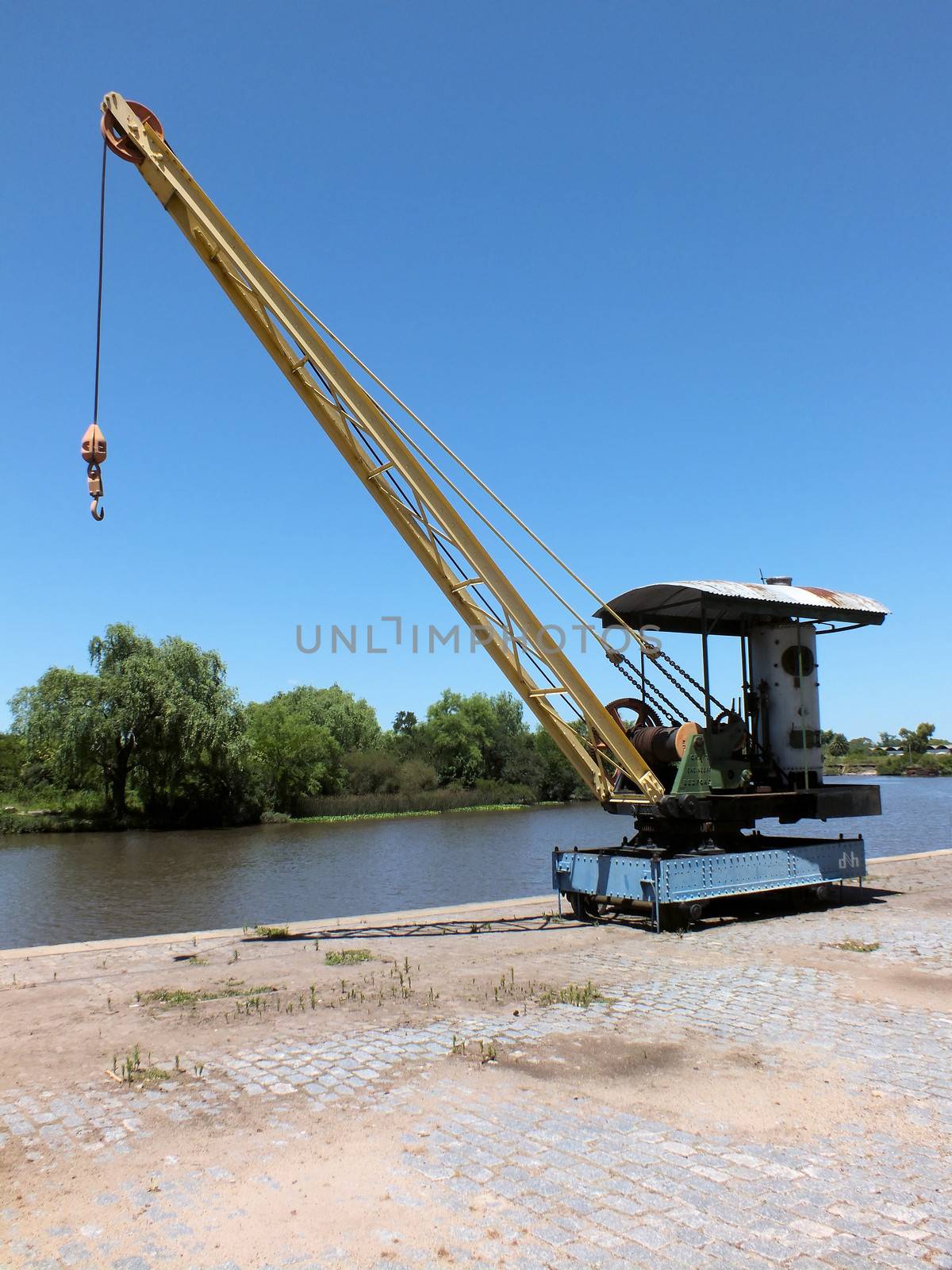
An old steam crane built by Grafton and Co of Bedford
Stock PhotoUsername
glynspencerResolution
3456x4608pxAn old steam crane built by Grafton and Co of Bedford

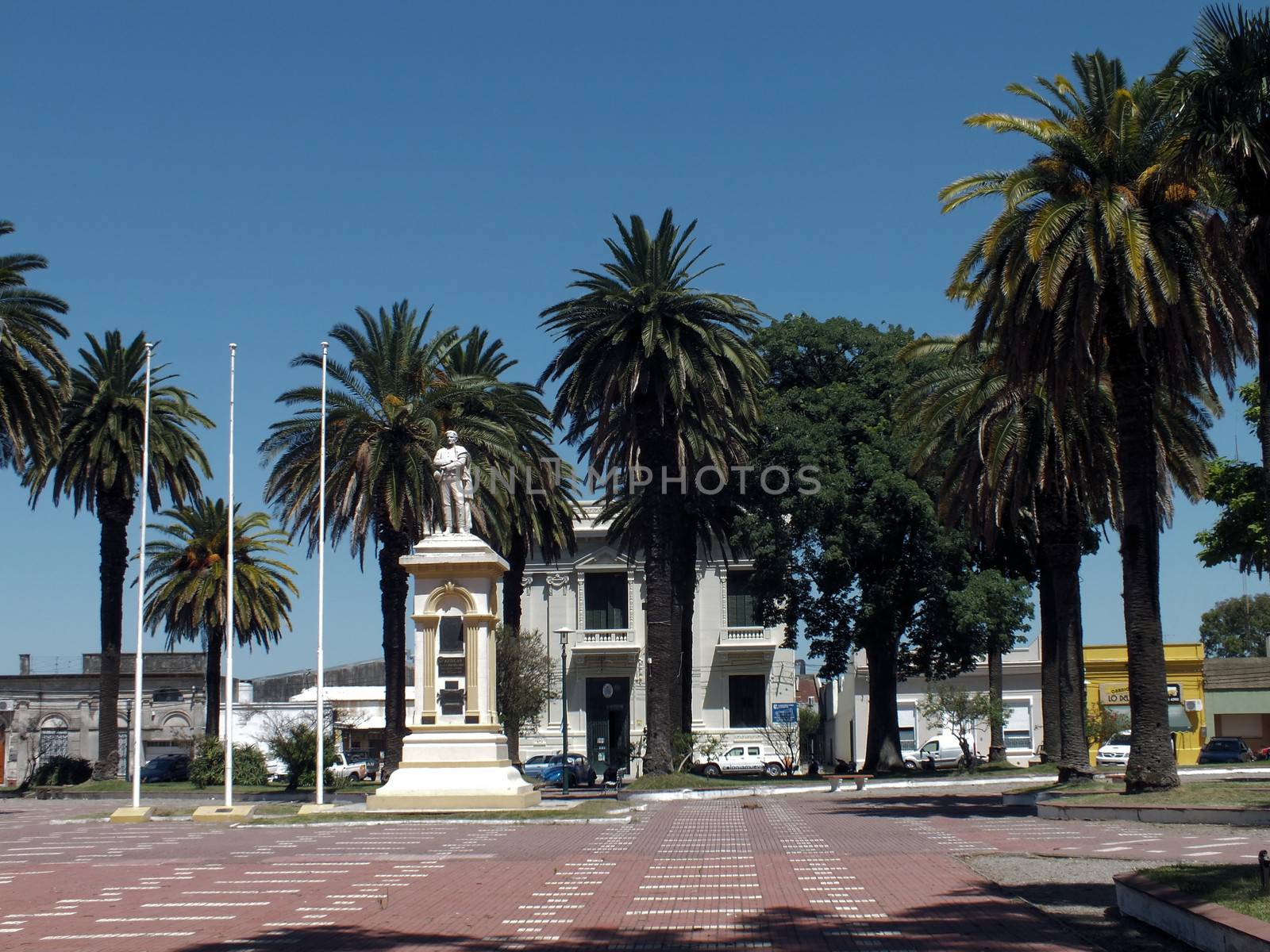
Plaza Artigas
Stock PhotoUsername
glynspencerResolution
4608x3456pxPlaza Artigas

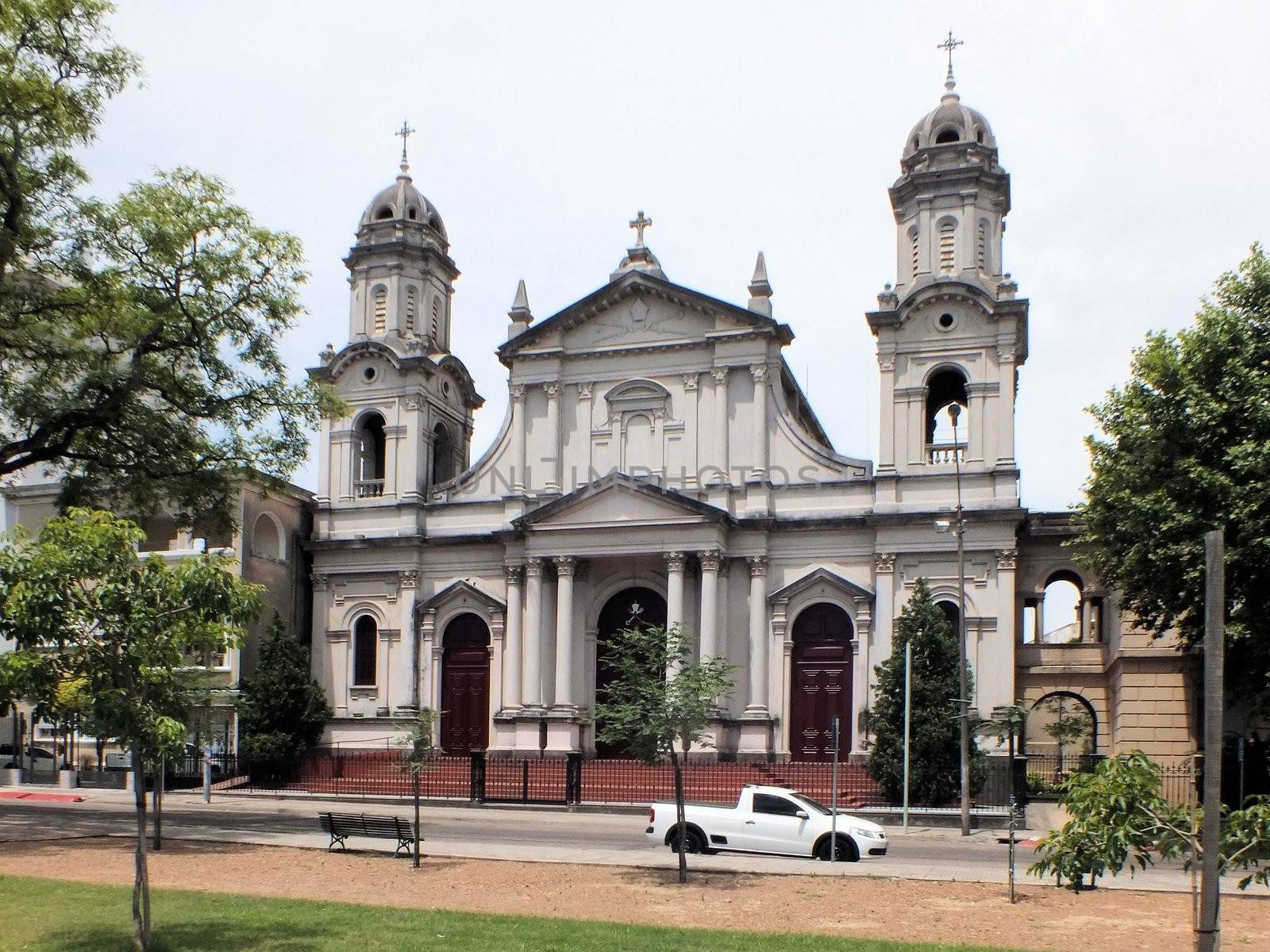
Cathedral Basilica of Saint John the Baptist
Stock PhotoUsername
glynspencerResolution
3456x2593pxCathedral Basilica of Saint John the Baptist

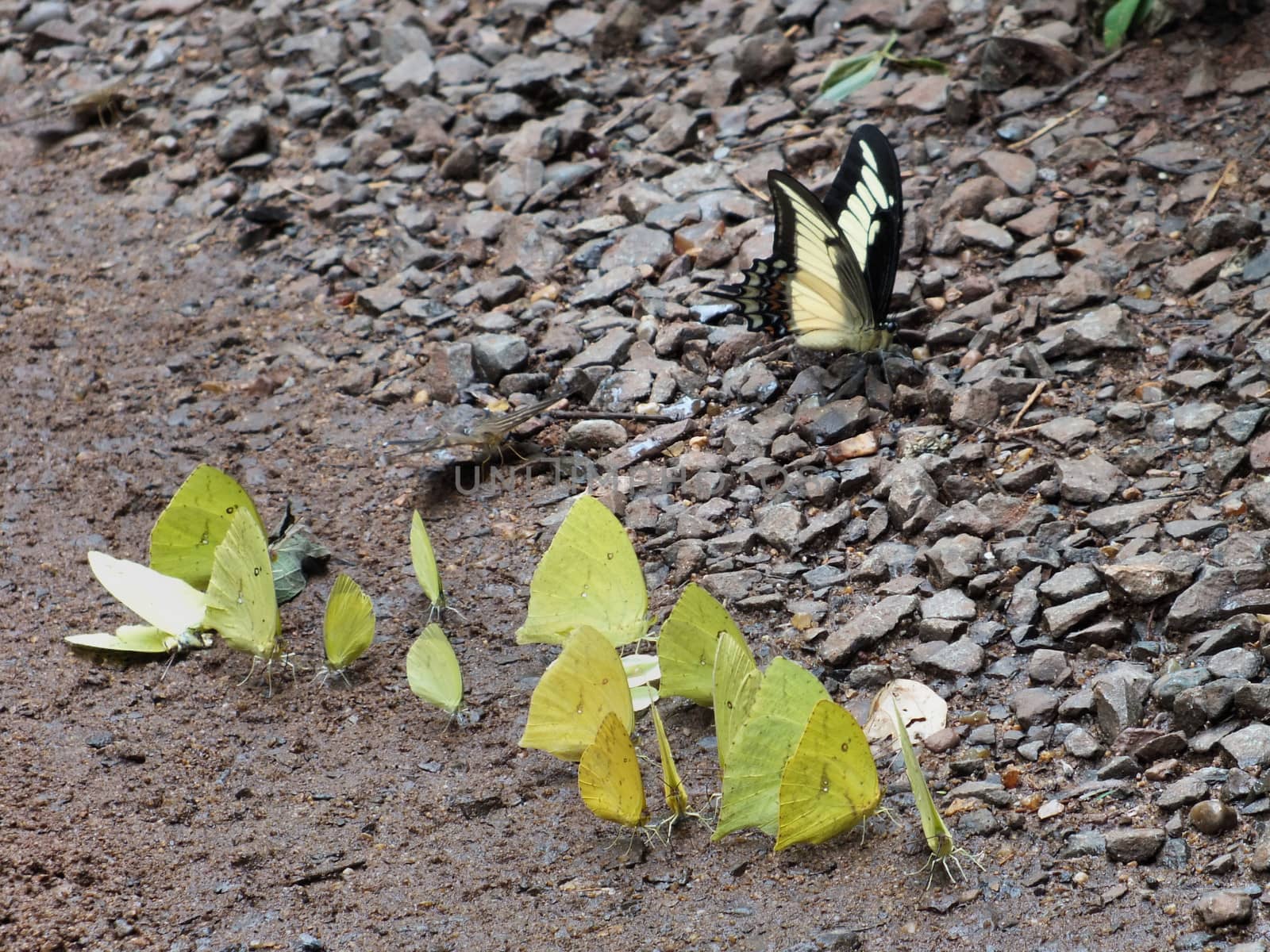
Group of Pieridae Butterflies
Stock PhotoUsername
glynspencerResolution
3652x2739pxGroup of Pieridae Butterflies

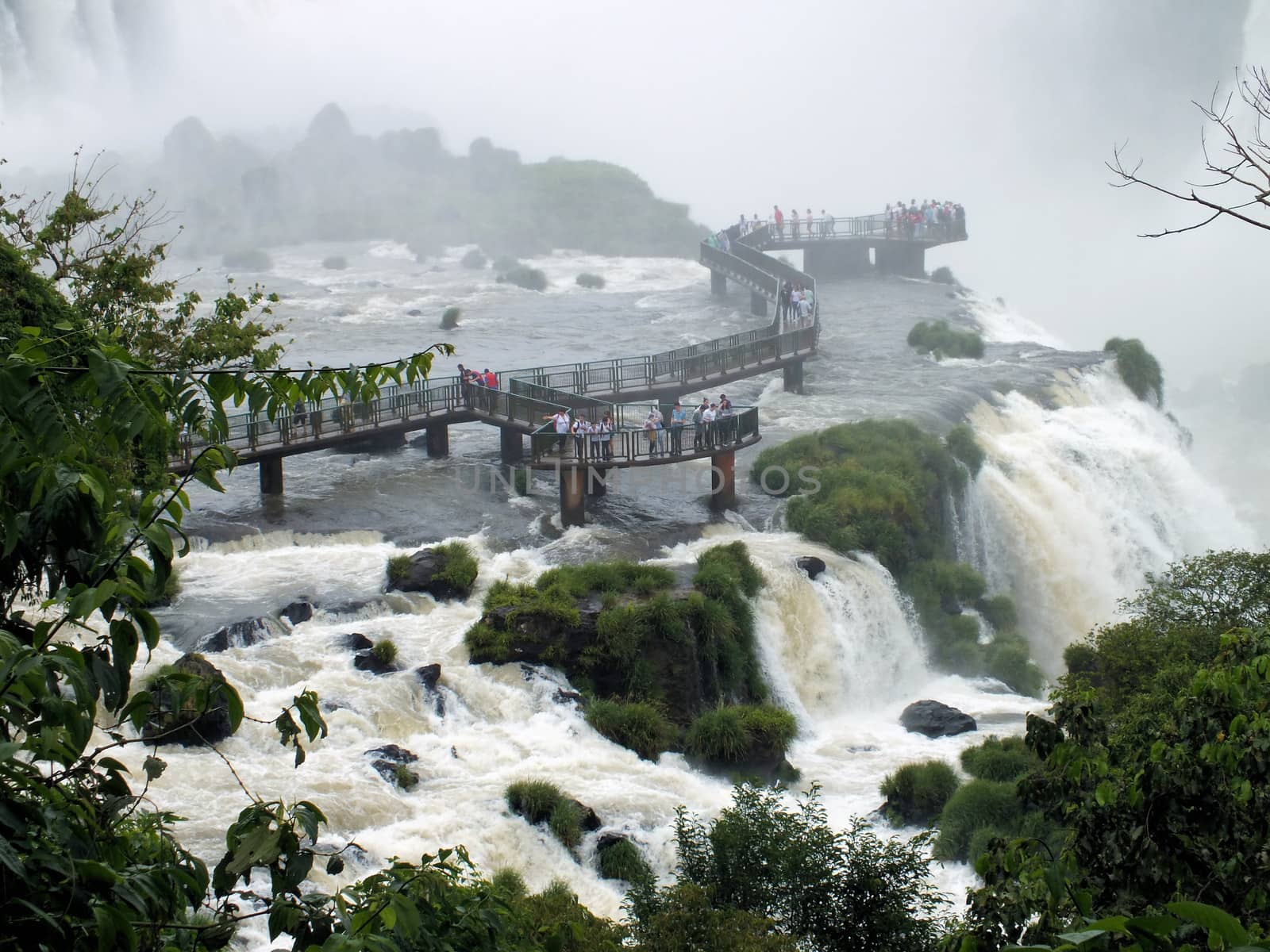
Salto Santa Maria
Stock PhotoUsername
glynspencerResolution
4608x3456pxSalto Santa Maria

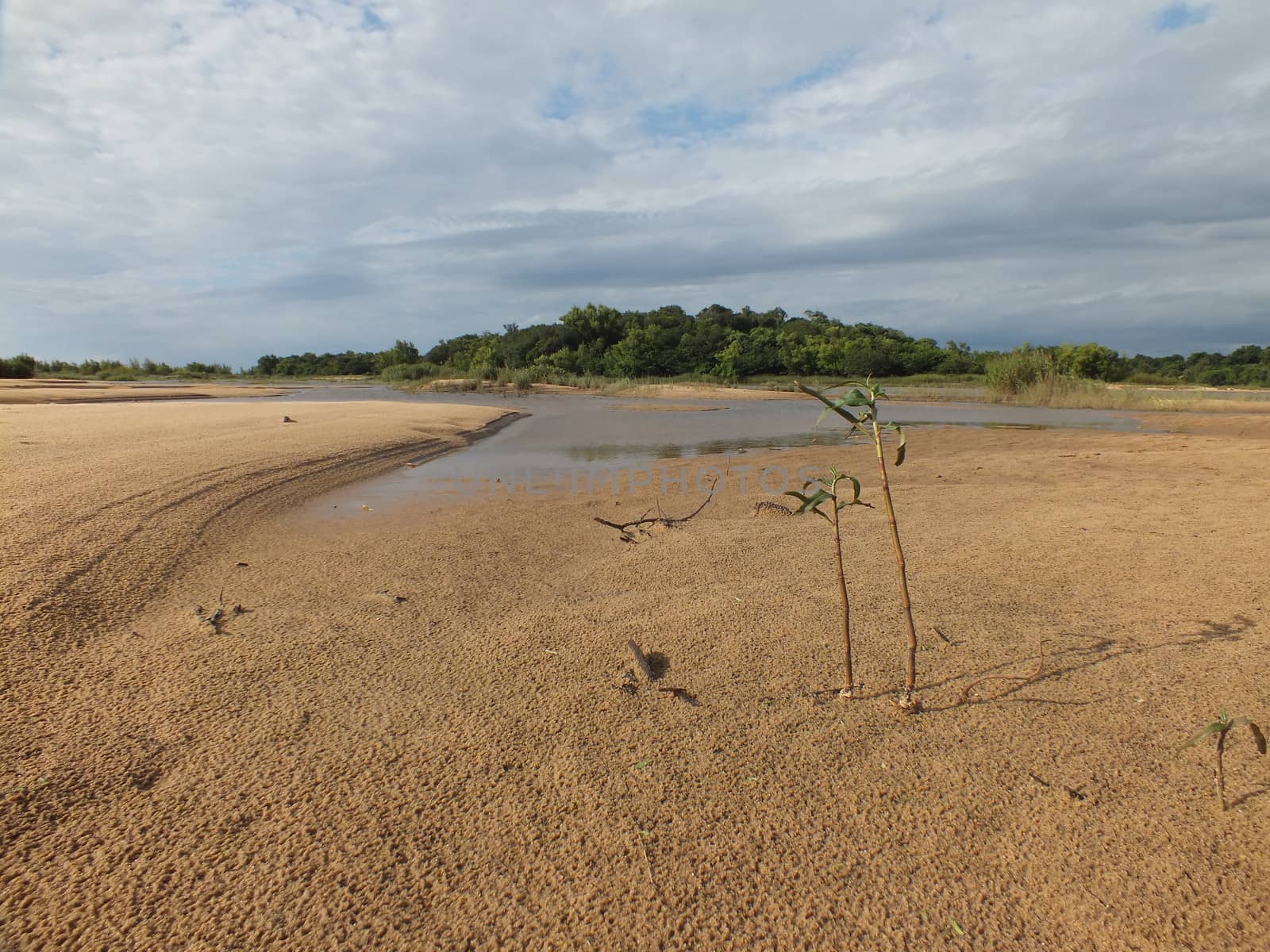
Pioneer species on Isla Queguay Chica sandbank
Stock PhotoUsername
glynspencerResolution
4608x3456pxPioneer species on Isla Queguay Chica sandbank

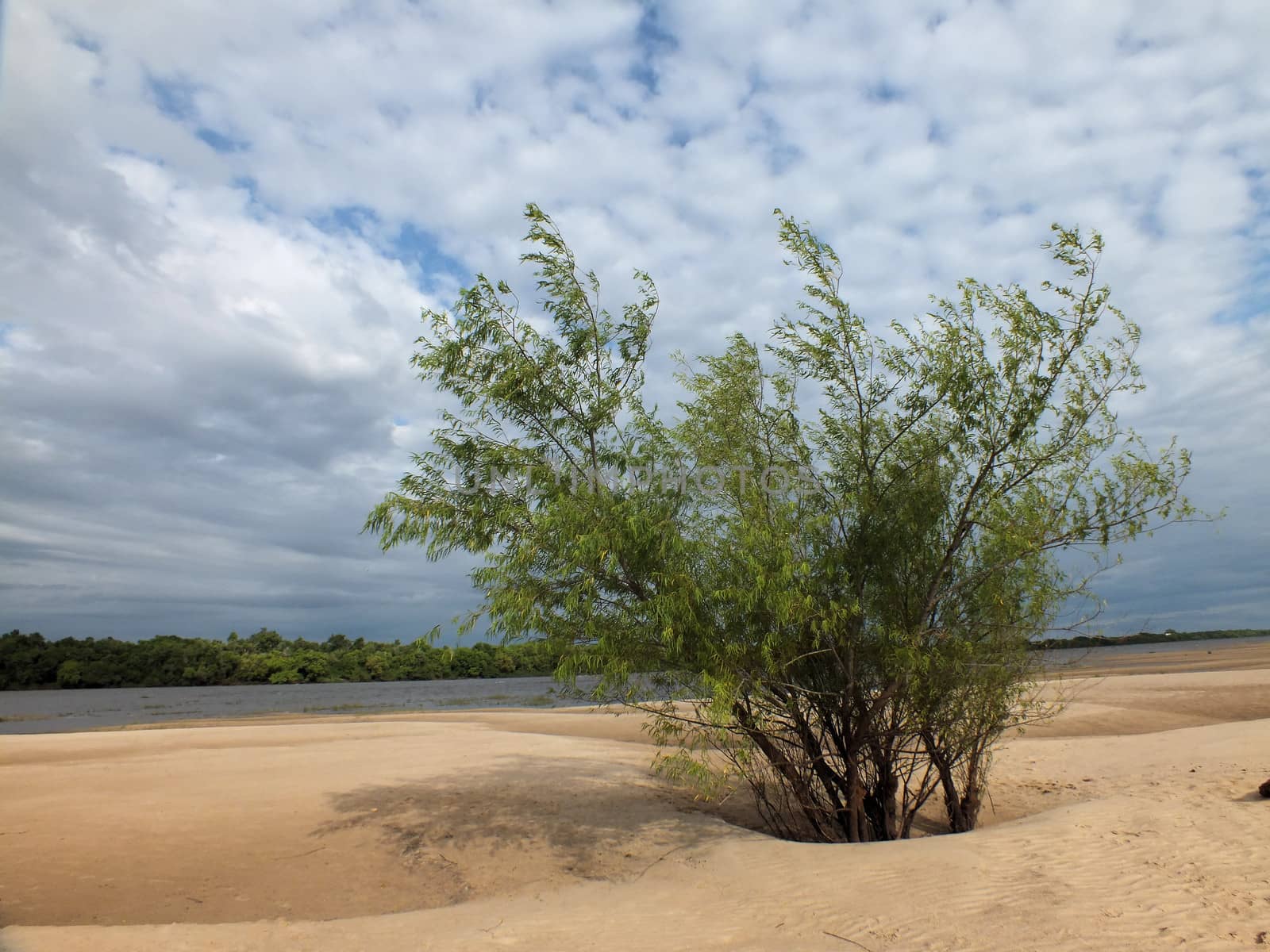
Willow on a sandbank
Stock PhotoUsername
glynspencerResolution
4608x3456pxWillow on a sandbank

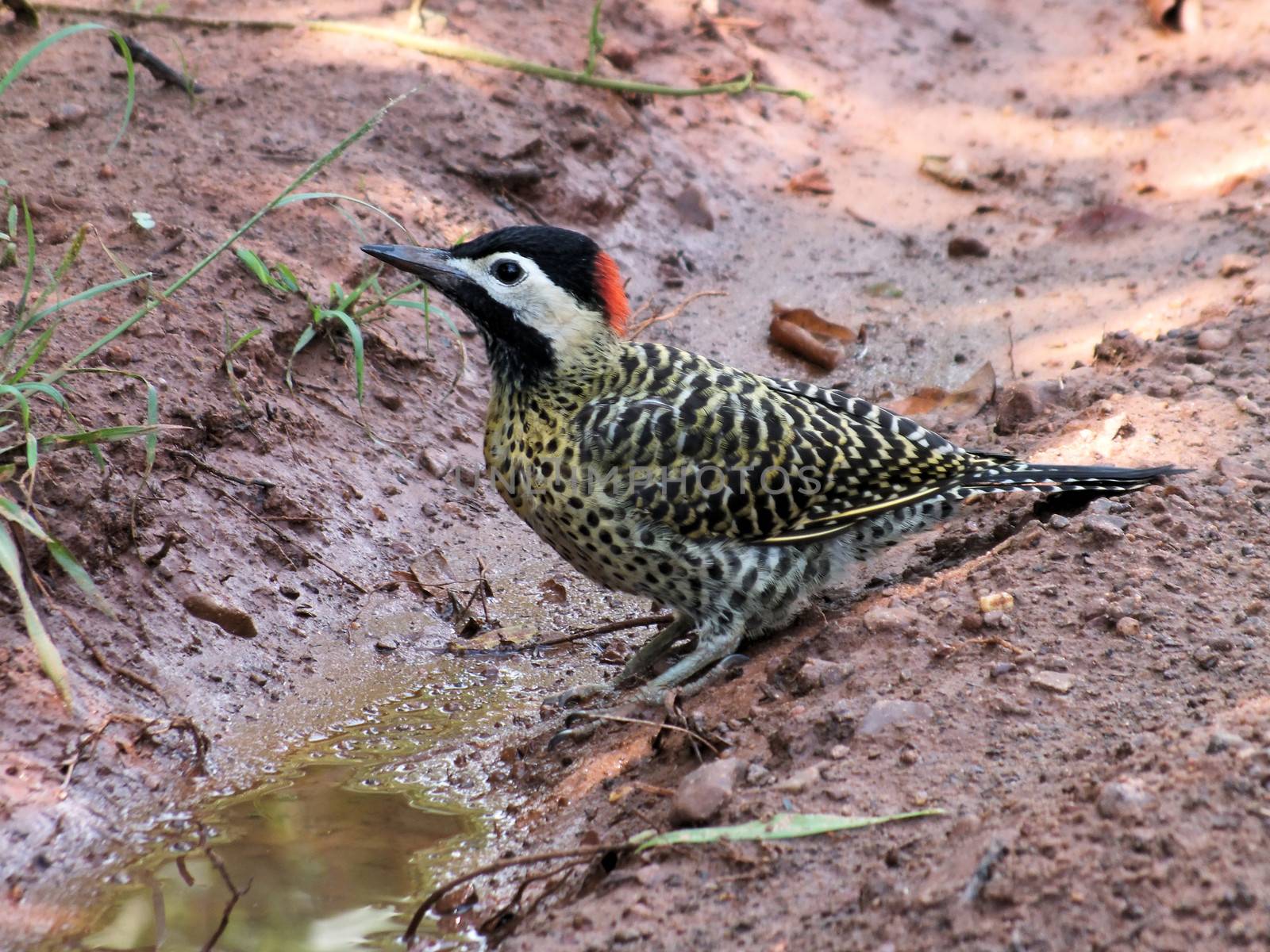
Golden-breasted Woodpecker (Colaptes melanolaimus)
Stock PhotoUsername
glynspencerResolution
4608x3456pxGolden-breasted Woodpecker (Colaptes melanolaimus)

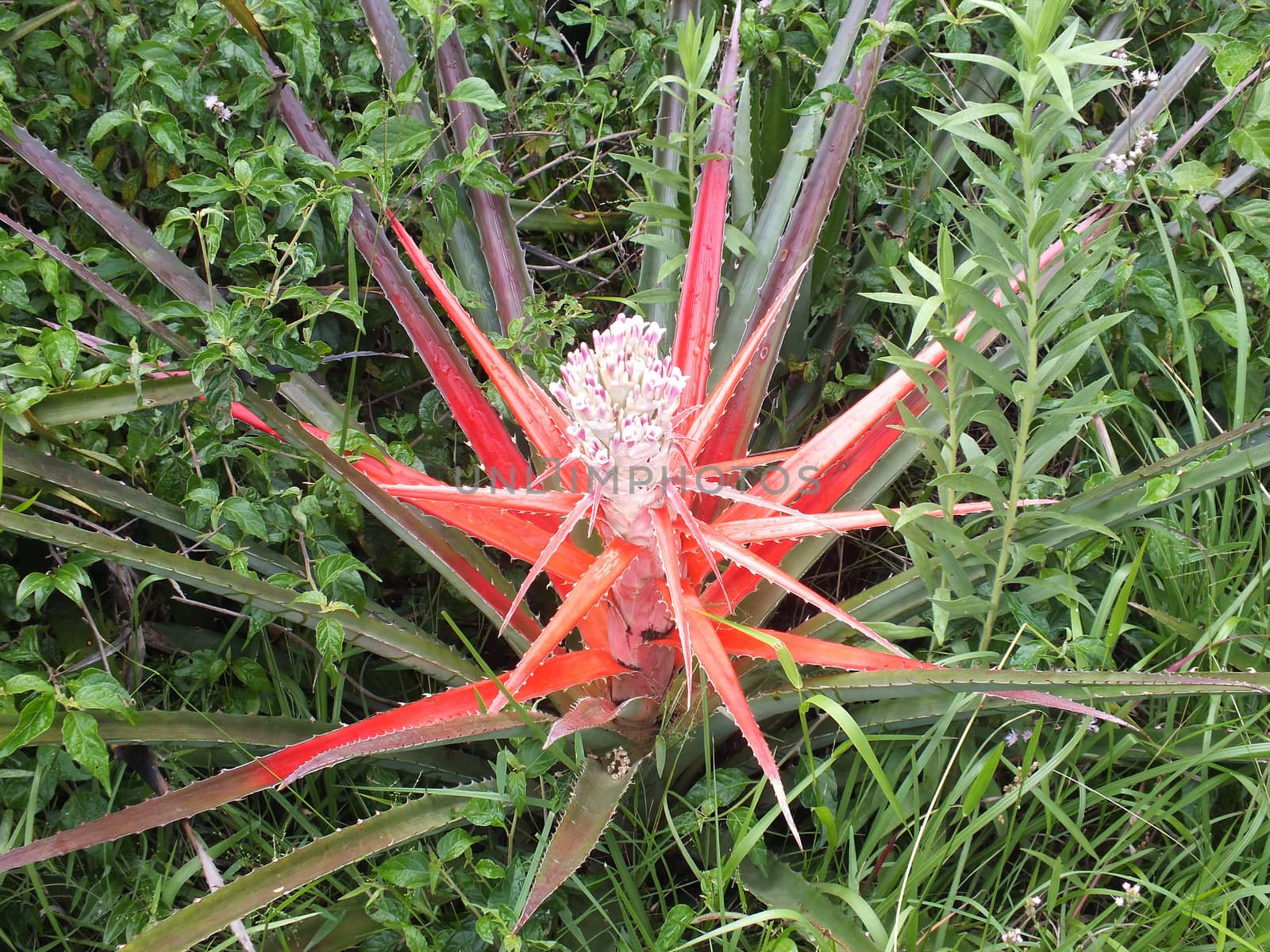
Heart of Flame (Bromelia balansae) in flower
Stock PhotoUsername
glynspencerResolution
4608x3456pxHeart of Flame (Bromelia balansae) in flower

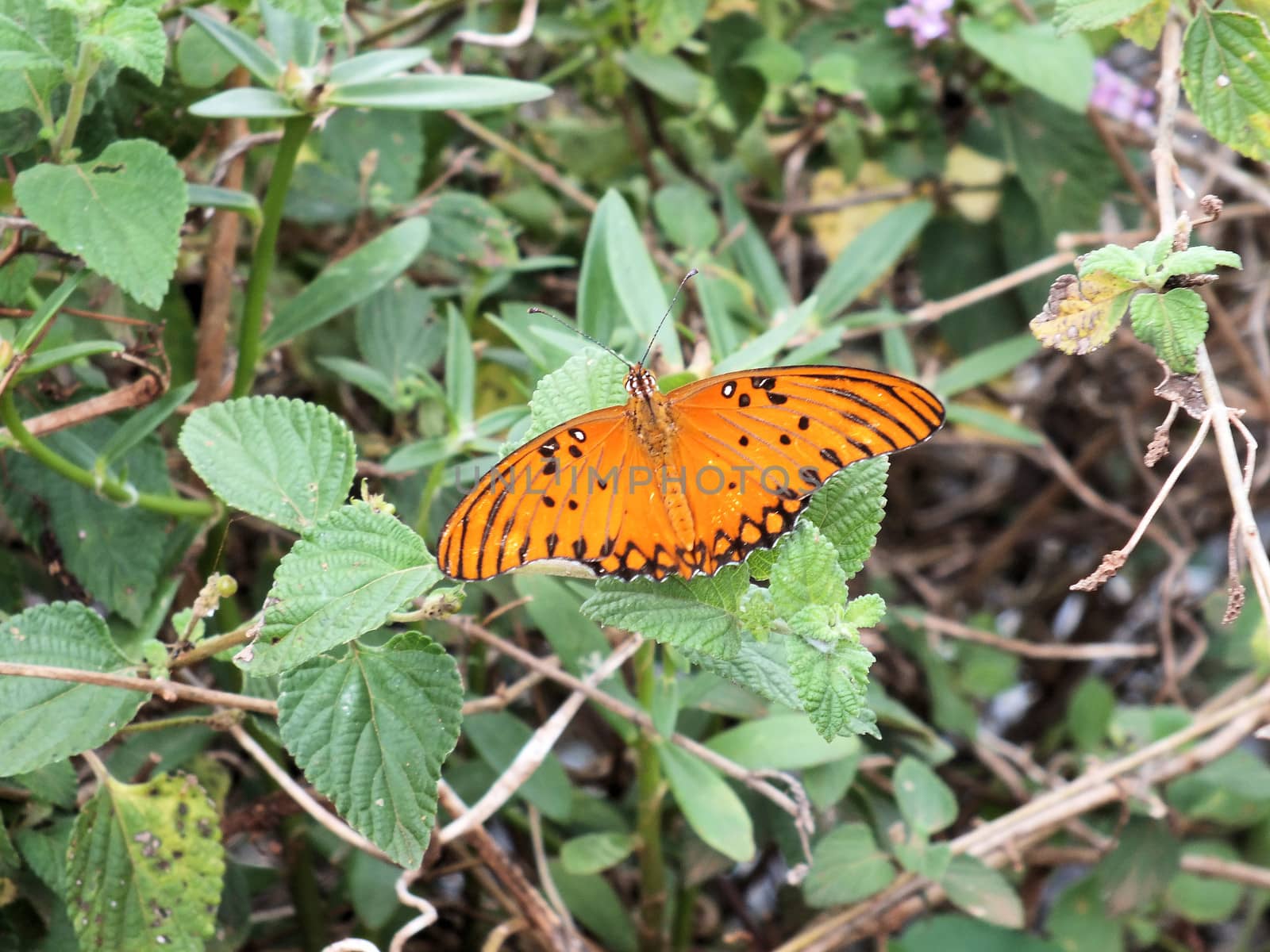
Passion Butterfly (Agraulis vanillae)
Stock PhotoUsername
glynspencerResolution
4608x3456pxPassion Butterfly (Agraulis vanillae)

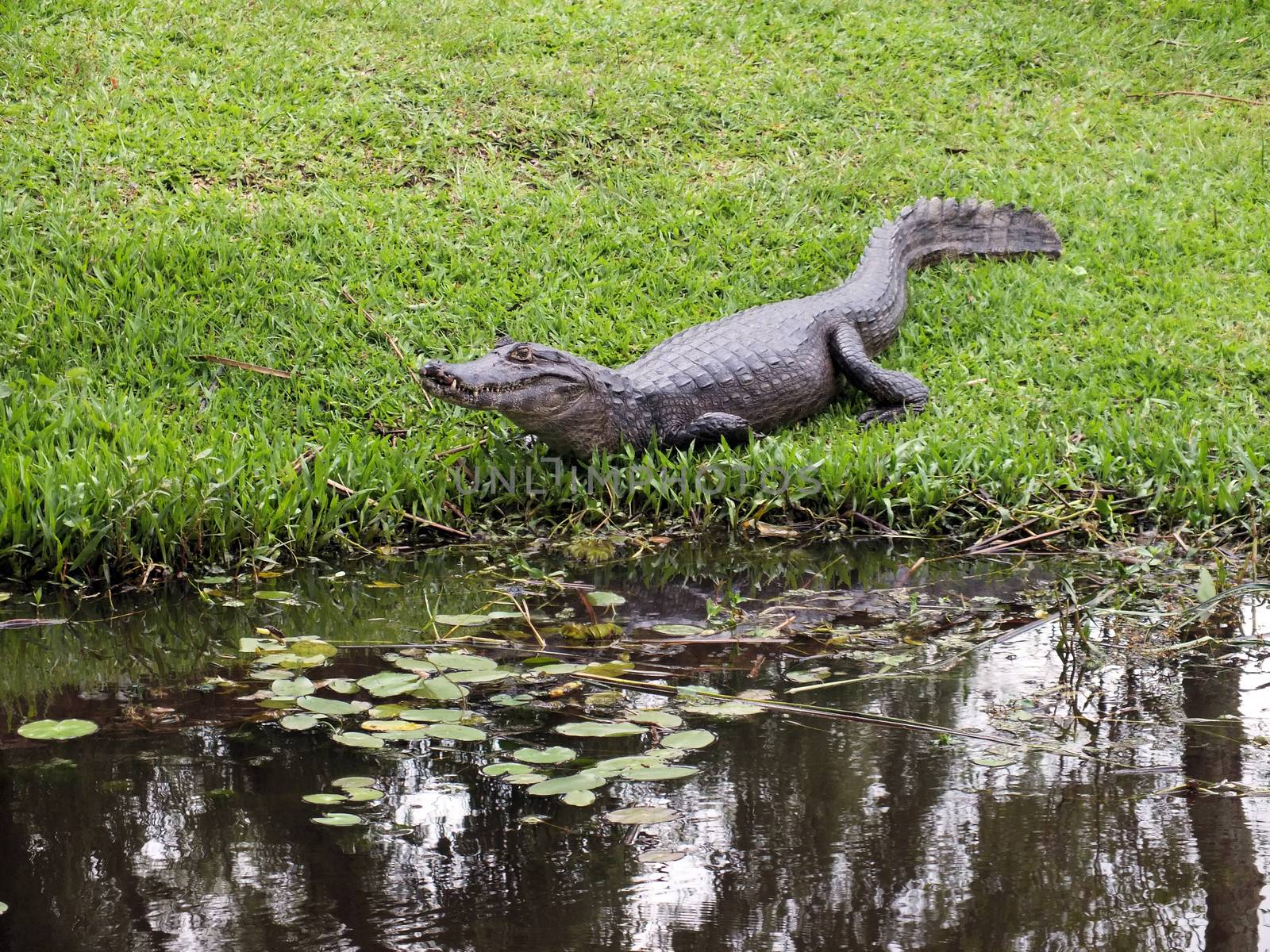
Cayman
Stock PhotoUsername
glynspencerResolution
4608x3456pxCayman

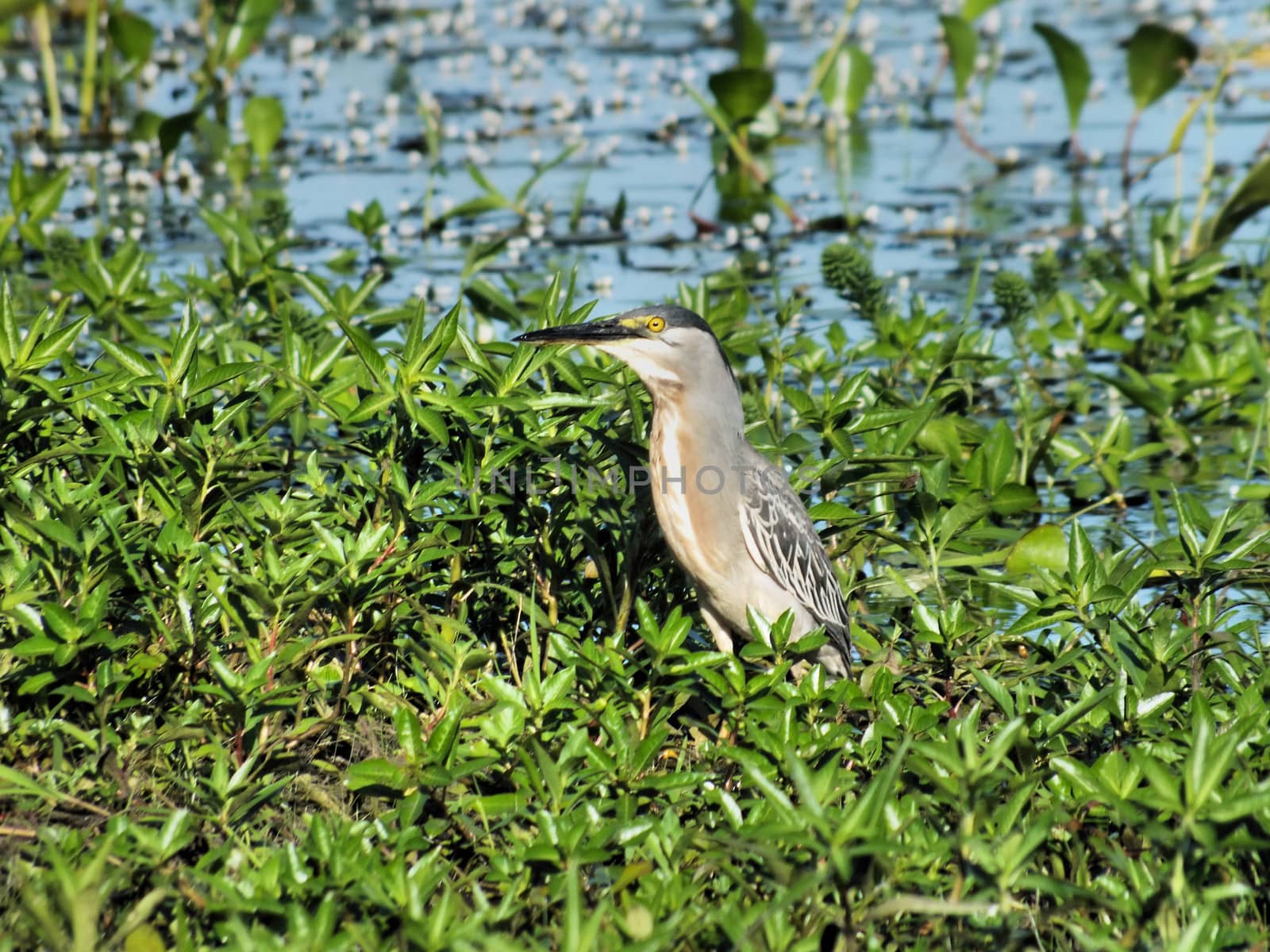
Ash-throated Crake (Porzana albicollis)
Stock PhotoUsername
glynspencerResolution
4608x3456pxAsh-throated Crake (Porzana albicollis)

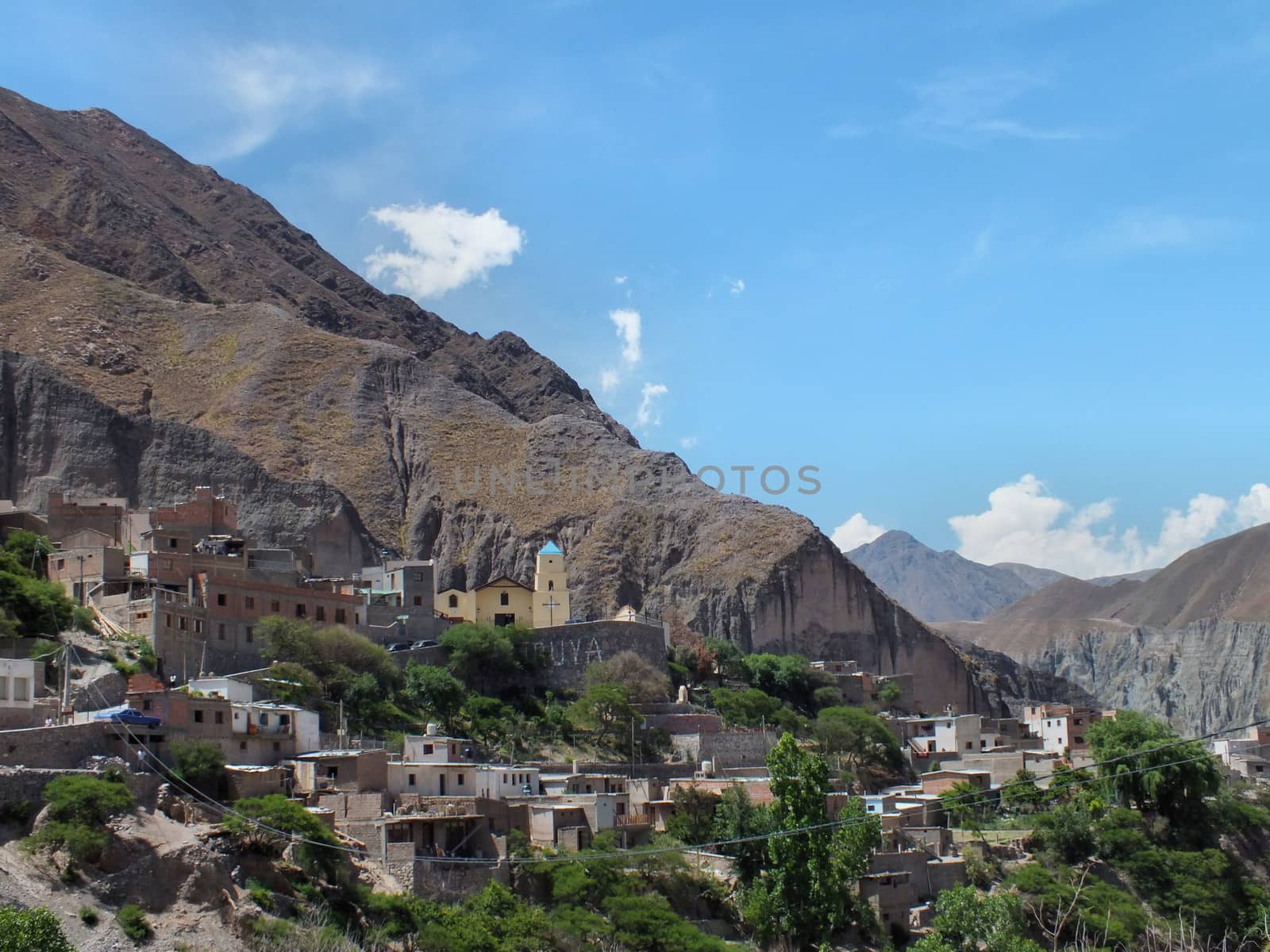
Iruya
Stock PhotoUsername
glynspencerResolution
4608x3456pxIruya

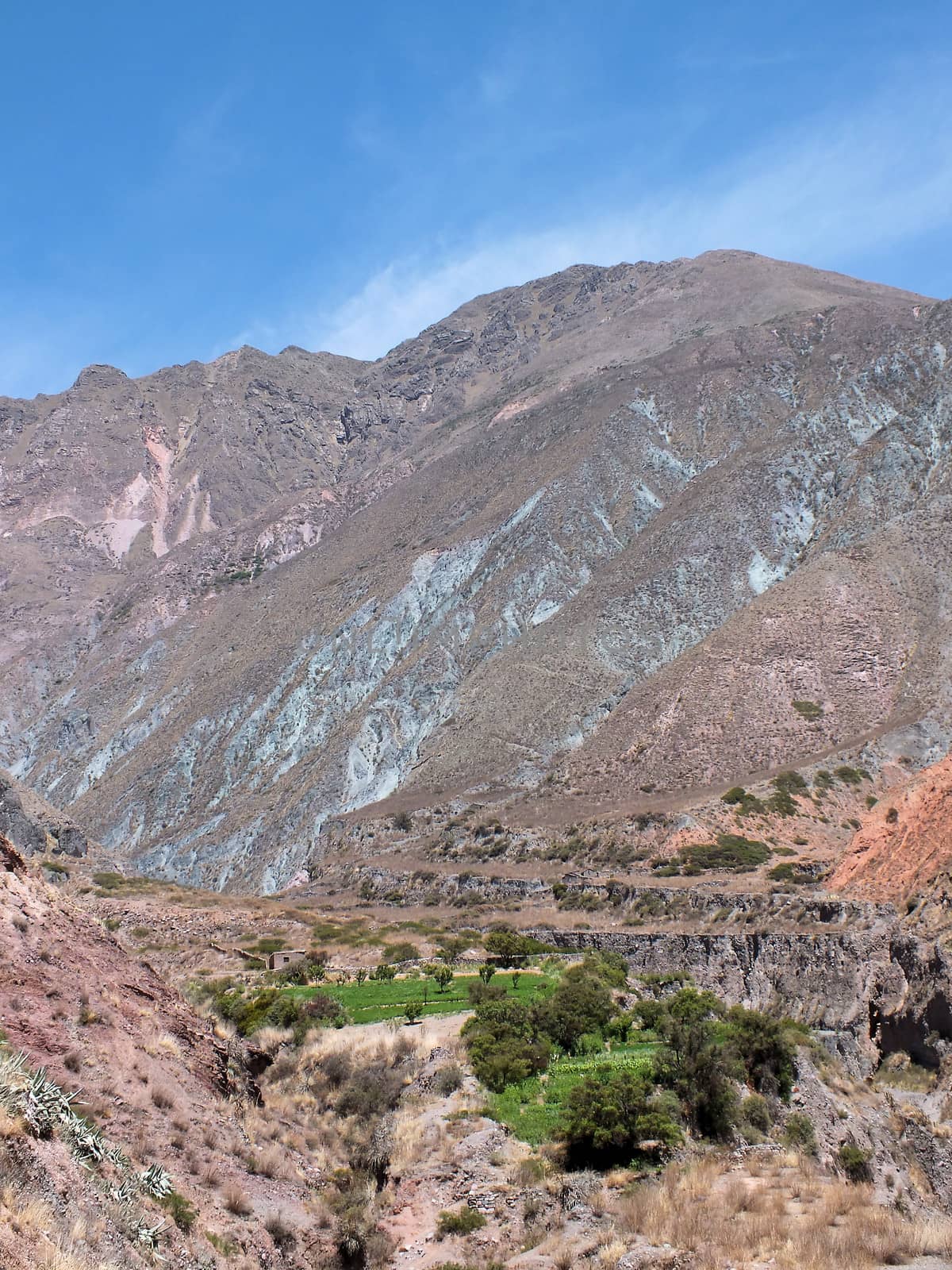
High Altitude Farm
Stock PhotoUsername
glynspencerResolution
3456x4608pxHigh Altitude Farm

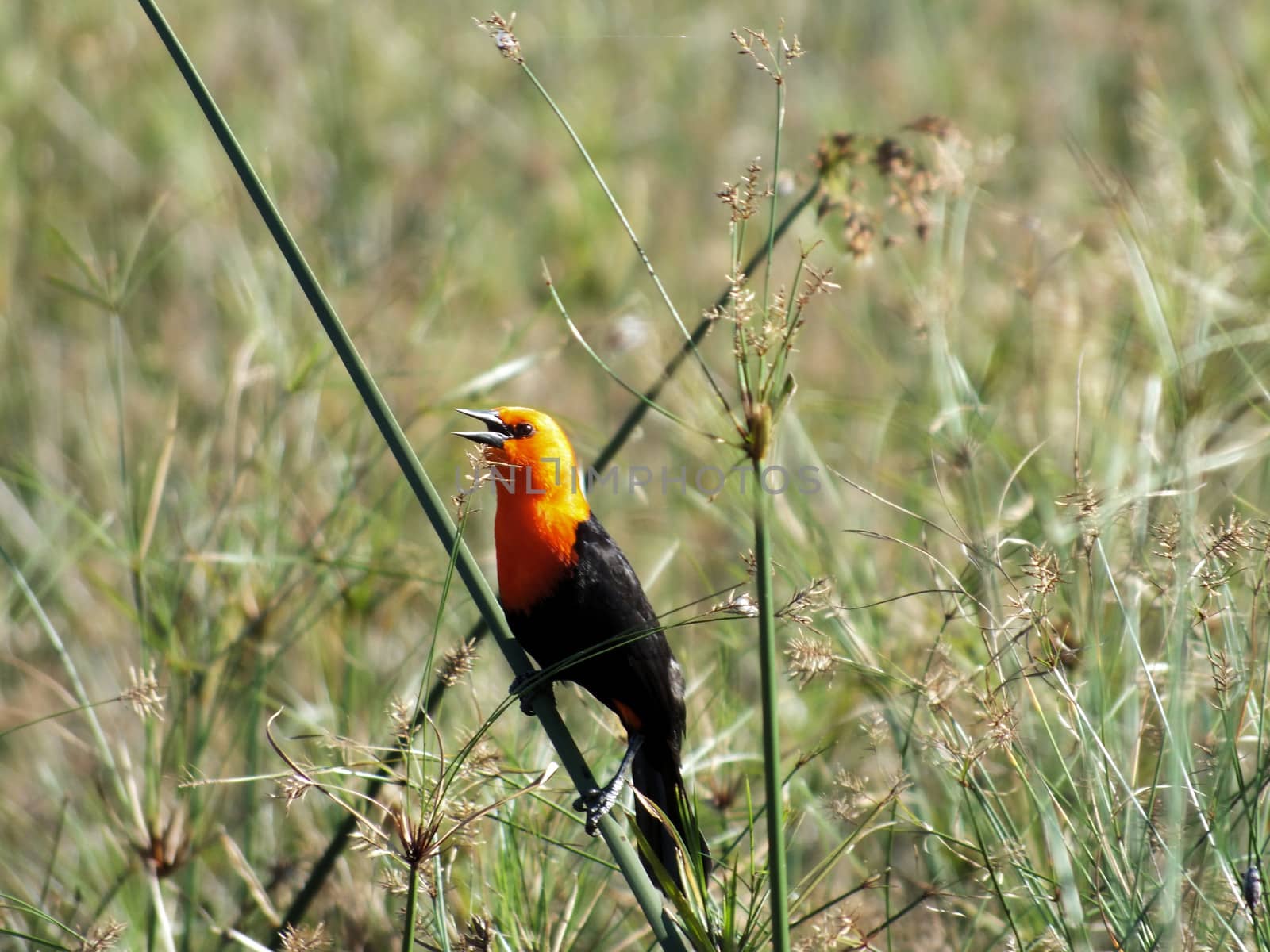
Scarlet-headed Blackbird (Amblyramphus holosericeus)
Stock PhotoUsername
glynspencerResolution
4608x3456pxScarlet-headed Blackbird (Amblyramphus holosericeus)

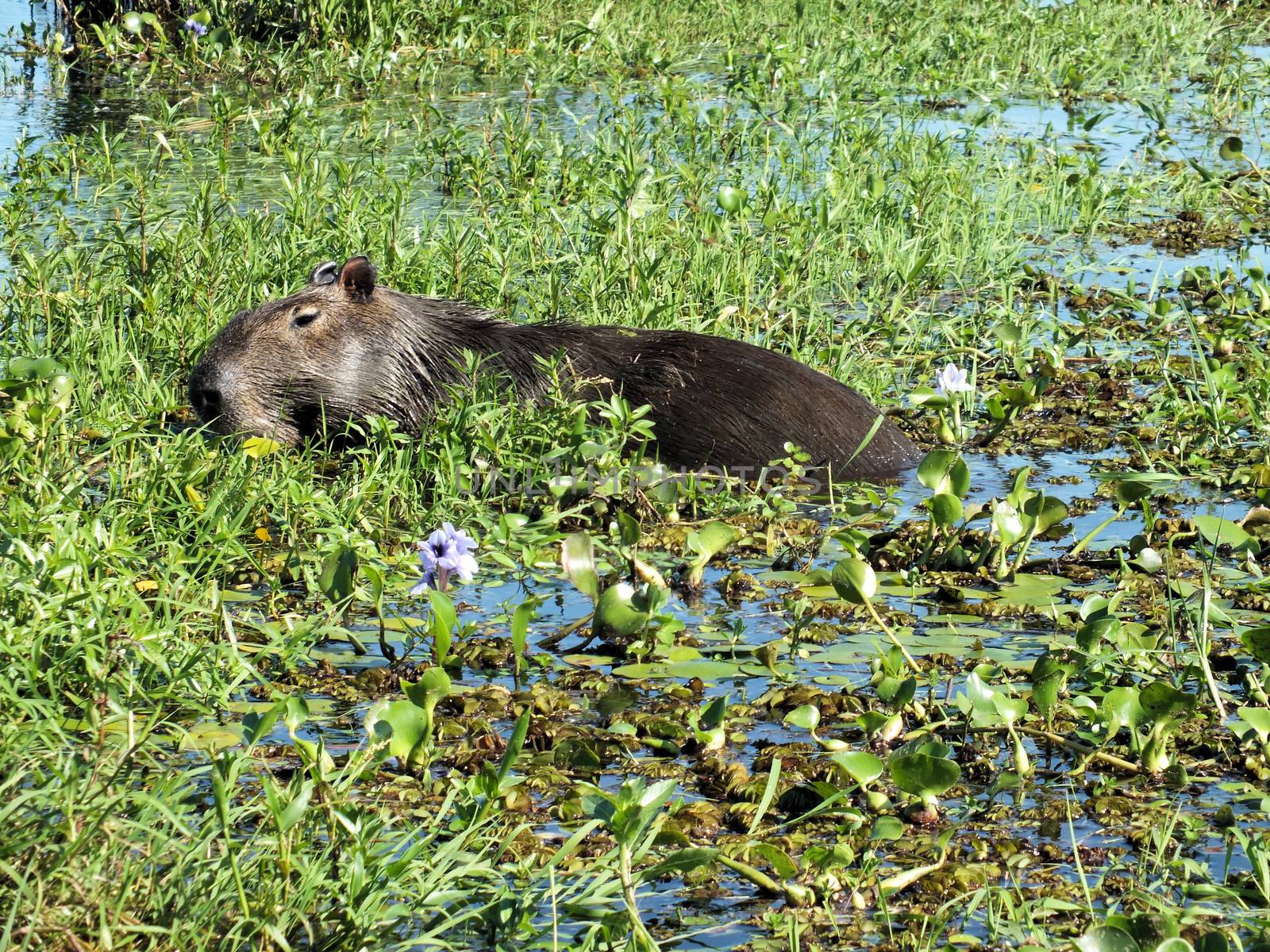
Capybara (Hydrochoerus hydrochaeris)
Stock PhotoUsername
glynspencerResolution
4608x3456pxCapybara (Hydrochoerus hydrochaeris)

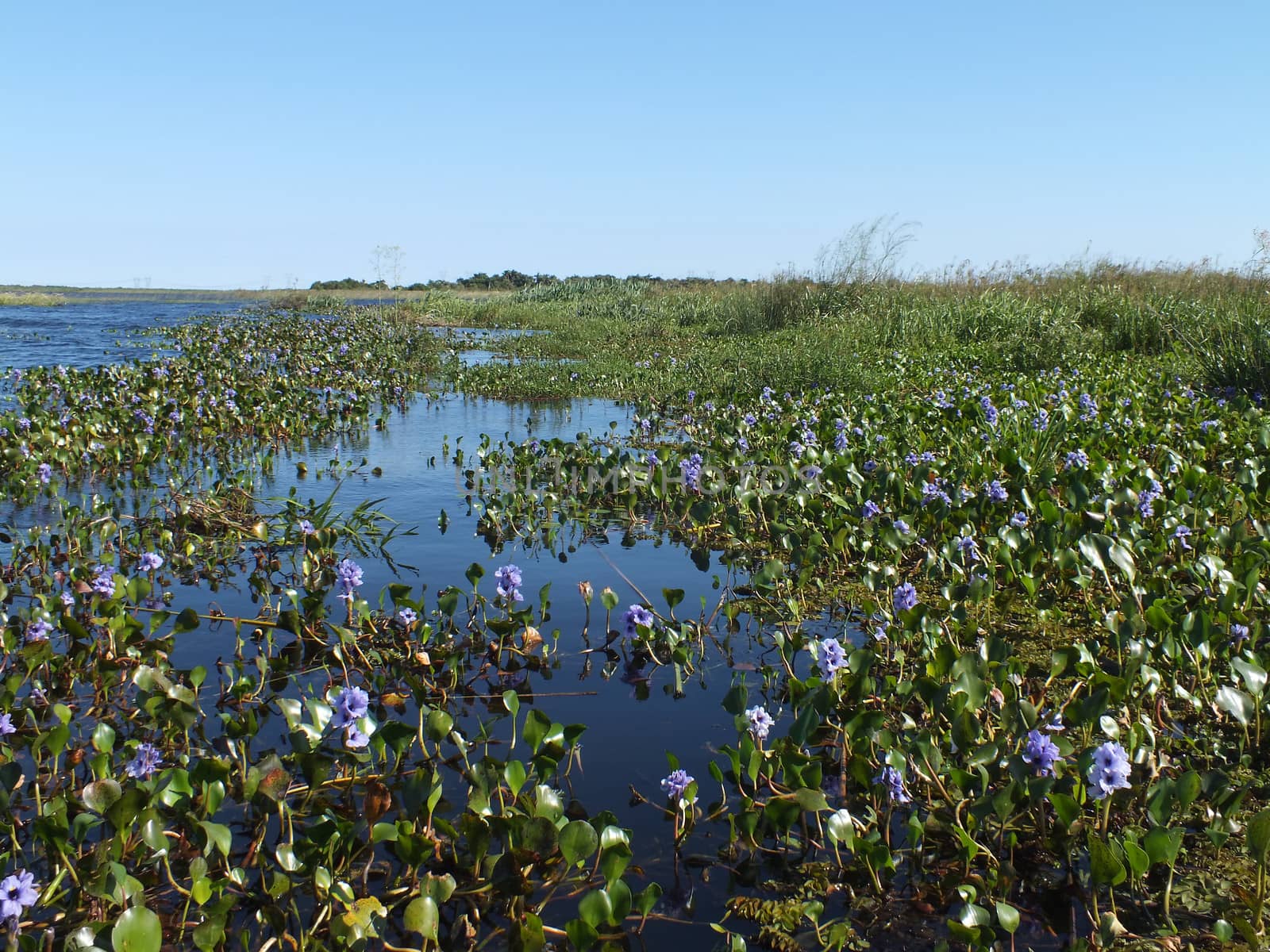
Water Hyacinth (Eichhornia)
Stock PhotoUsername
glynspencerResolution
4608x3456pxWater Hyacinth (Eichhornia)

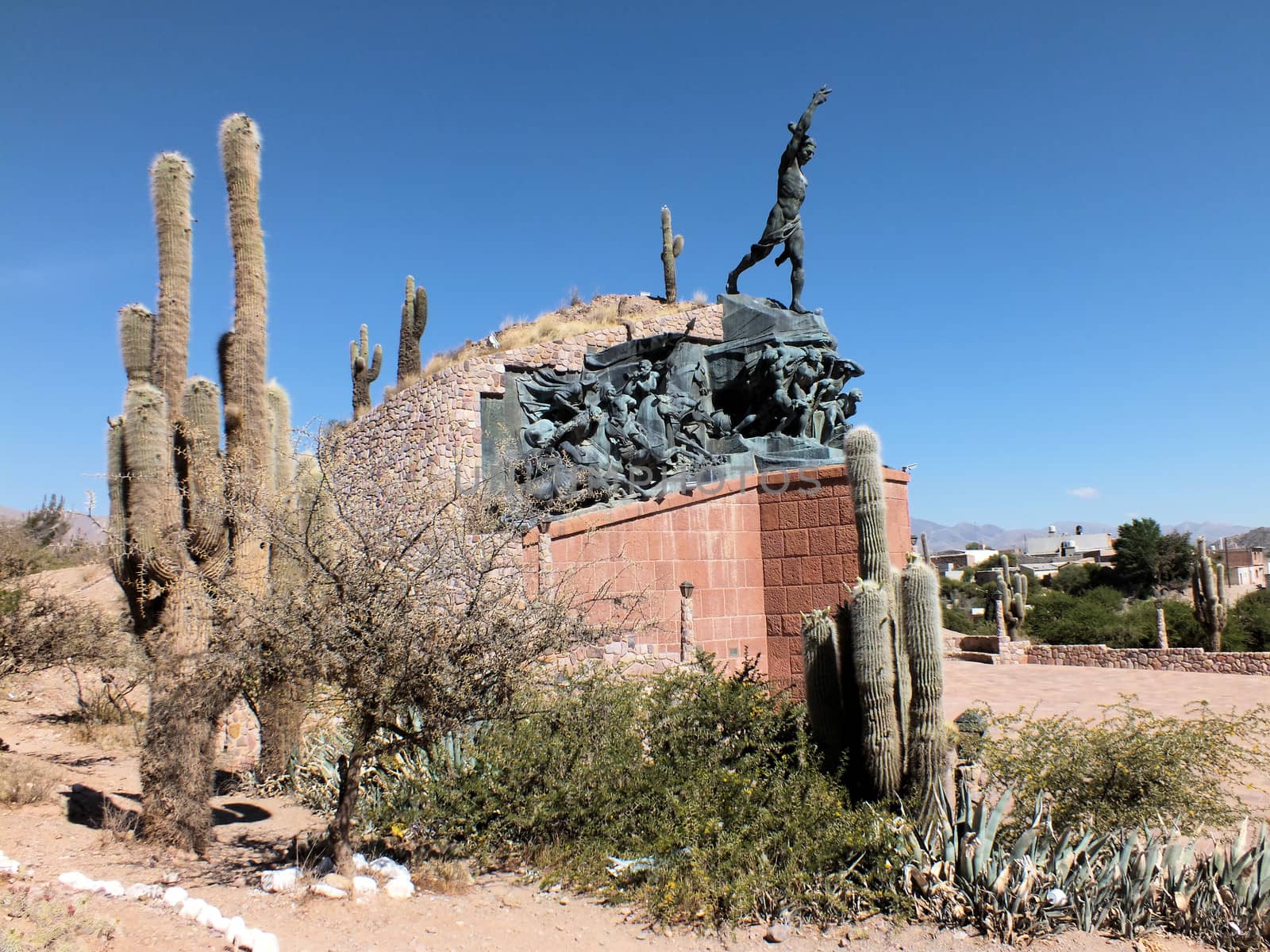
Humahuaca Independence Monument
Stock PhotoUsername
glynspencerResolution
4608x3456pxHumahuaca Independence Monument

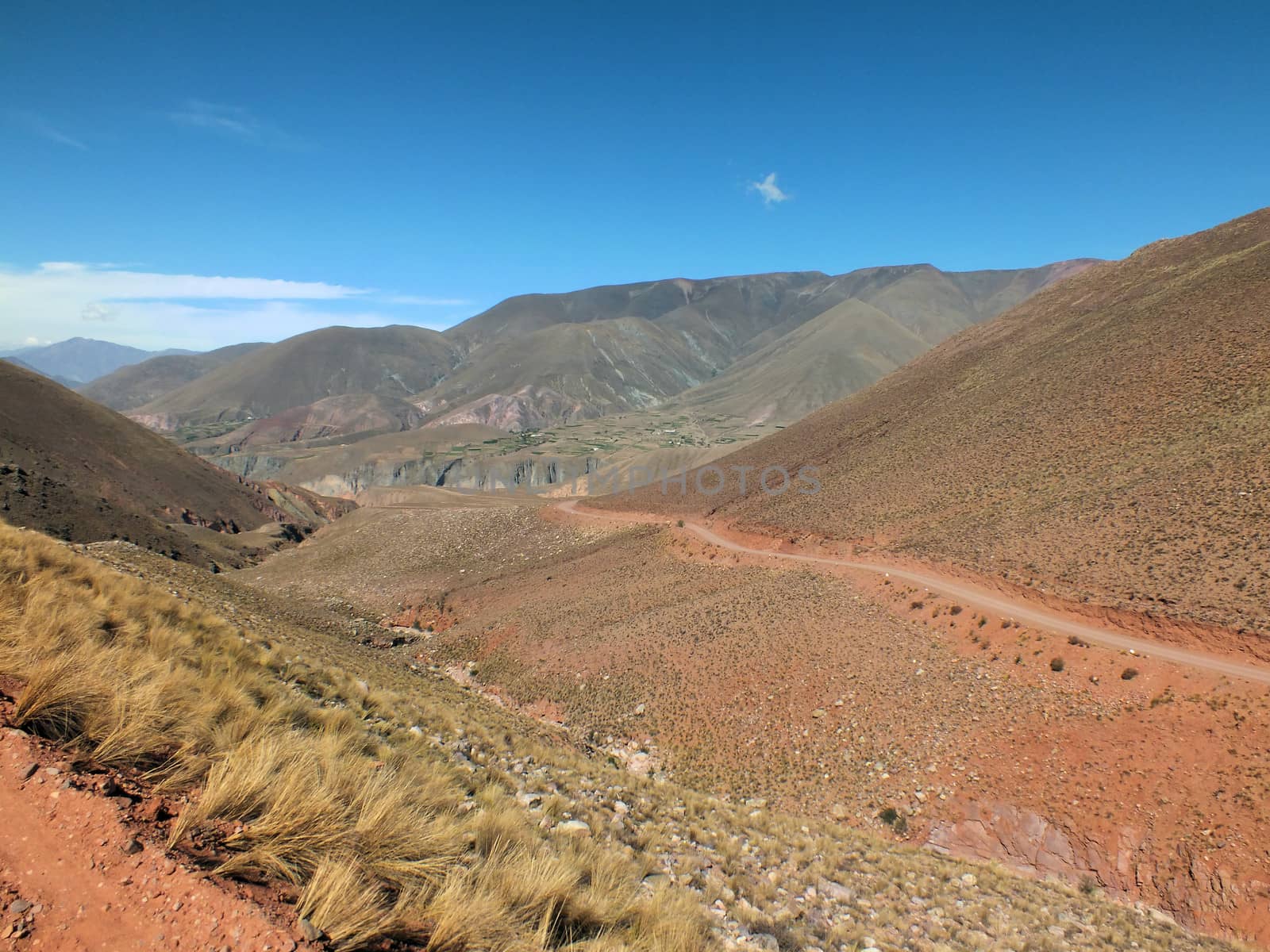
En route to Irtube
Stock PhotoUsername
glynspencerResolution
4608x3456pxEn route to Irtube

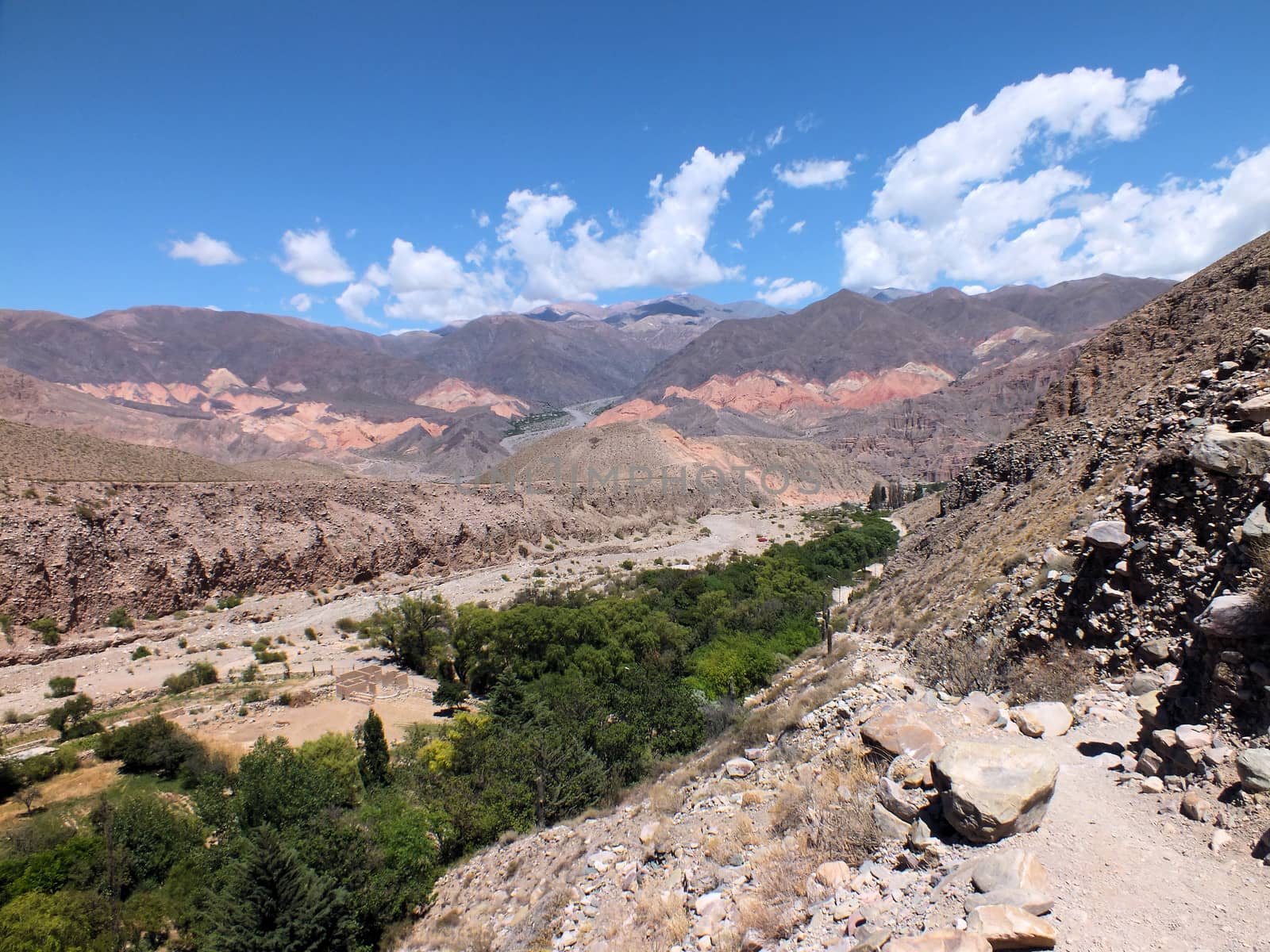
Rio Hasamayo valley
Stock PhotoUsername
glynspencerResolution
4608x3456pxRio Hasamayo valley

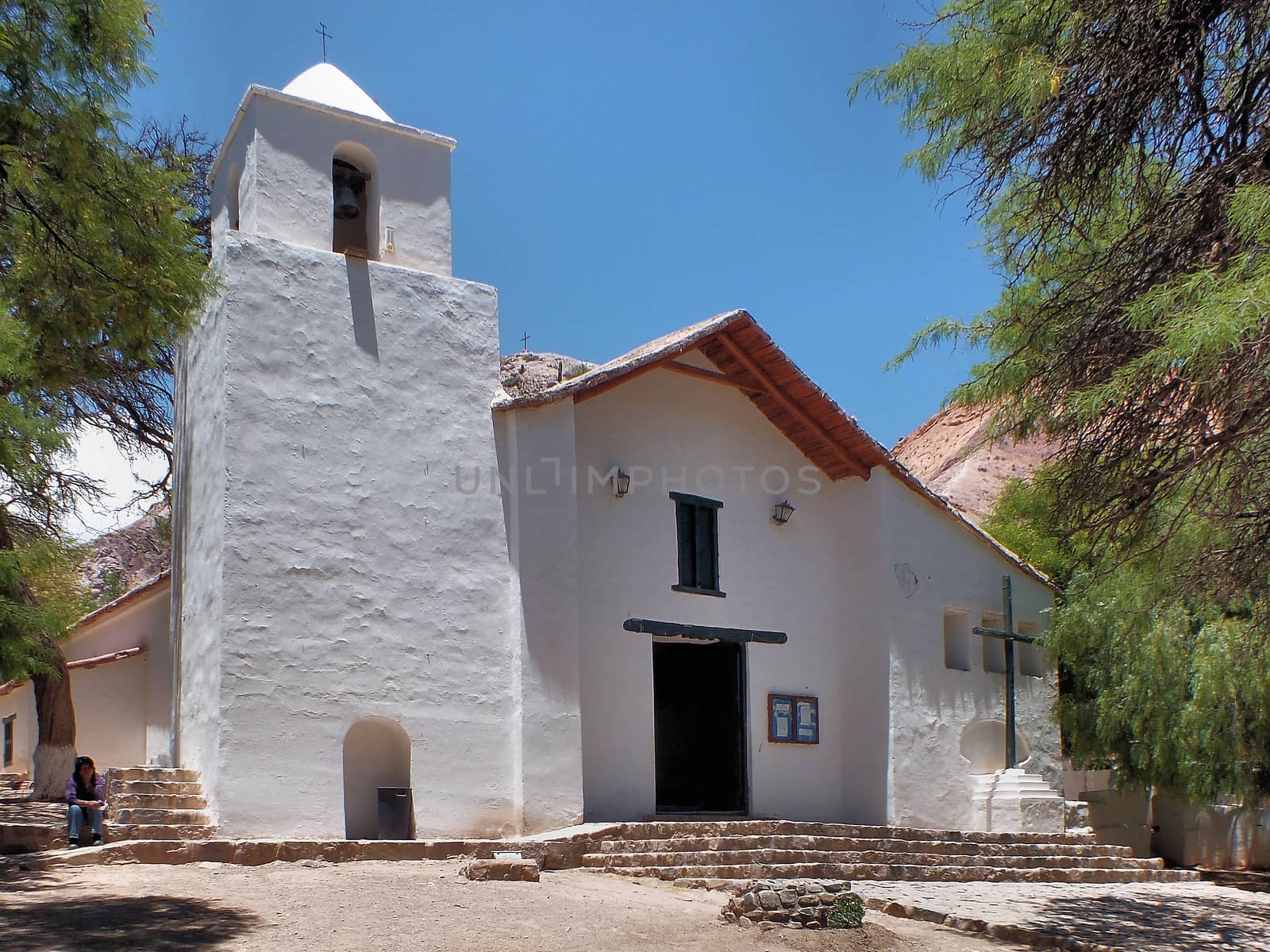
Santa Rosa de Lima Church
Stock PhotoUsername
glynspencerResolution
3452x2589pxSanta Rosa de Lima Church

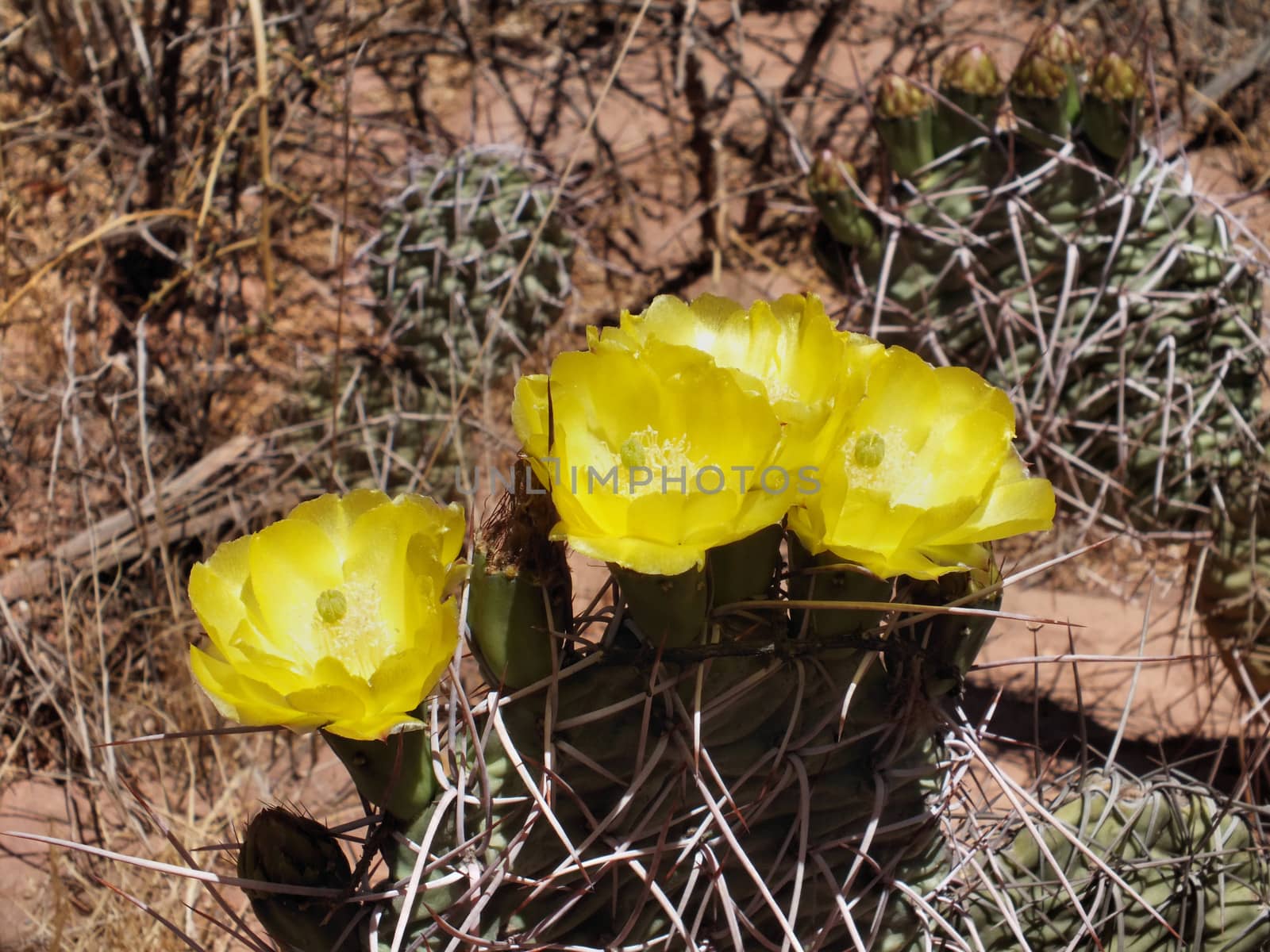
Opuntia aurantiaca (Jointed Prickly-pear) cactus flower
Stock PhotoUsername
glynspencerResolution
4608x3456pxOpuntia aurantiaca (Jointed Prickly-pear) cactus flower

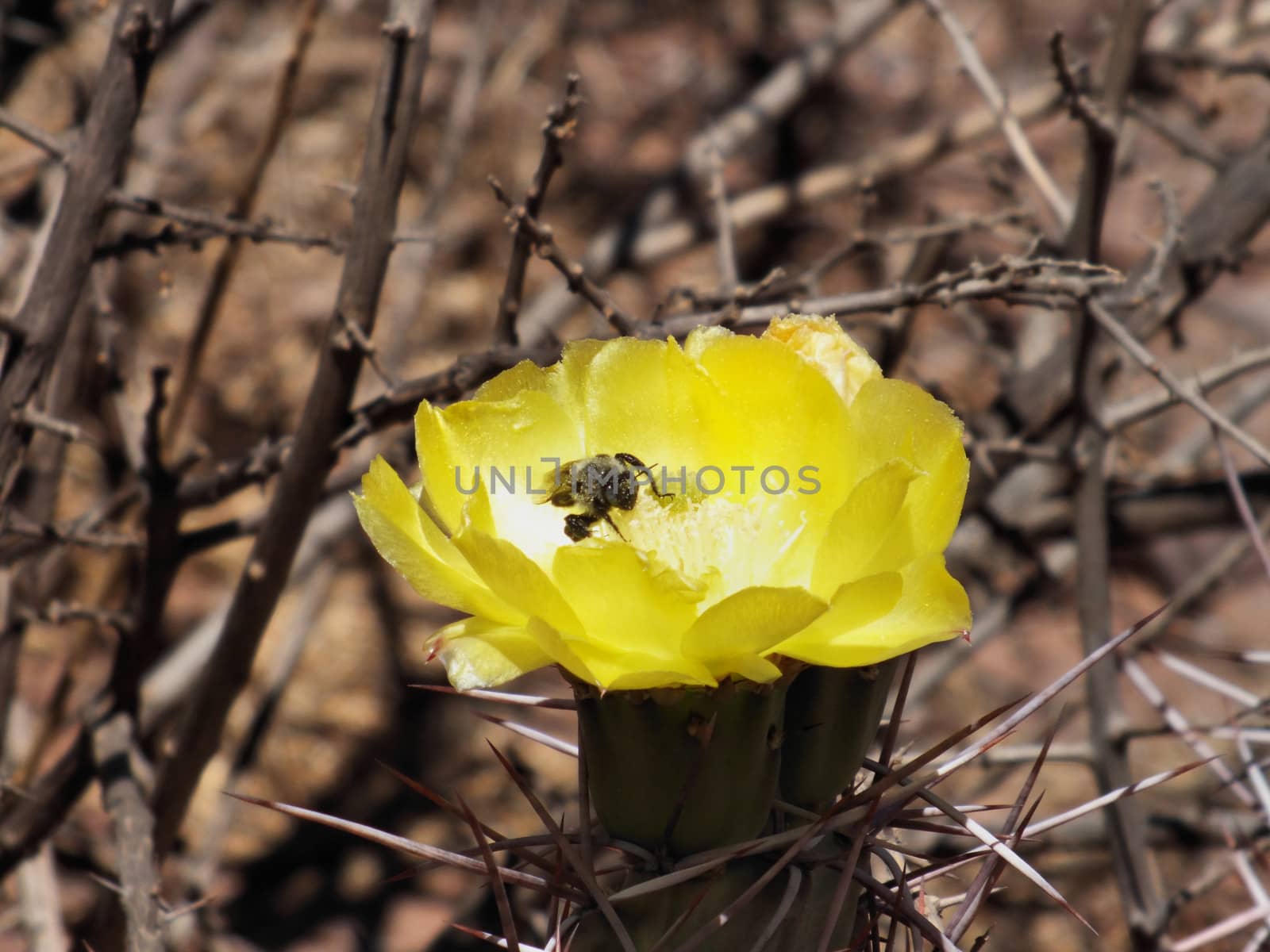
Bee pollinating a Opuntia aurantiaca flower
Stock PhotoUsername
glynspencerResolution
4608x3456pxBee pollinating a Opuntia aurantiaca flower

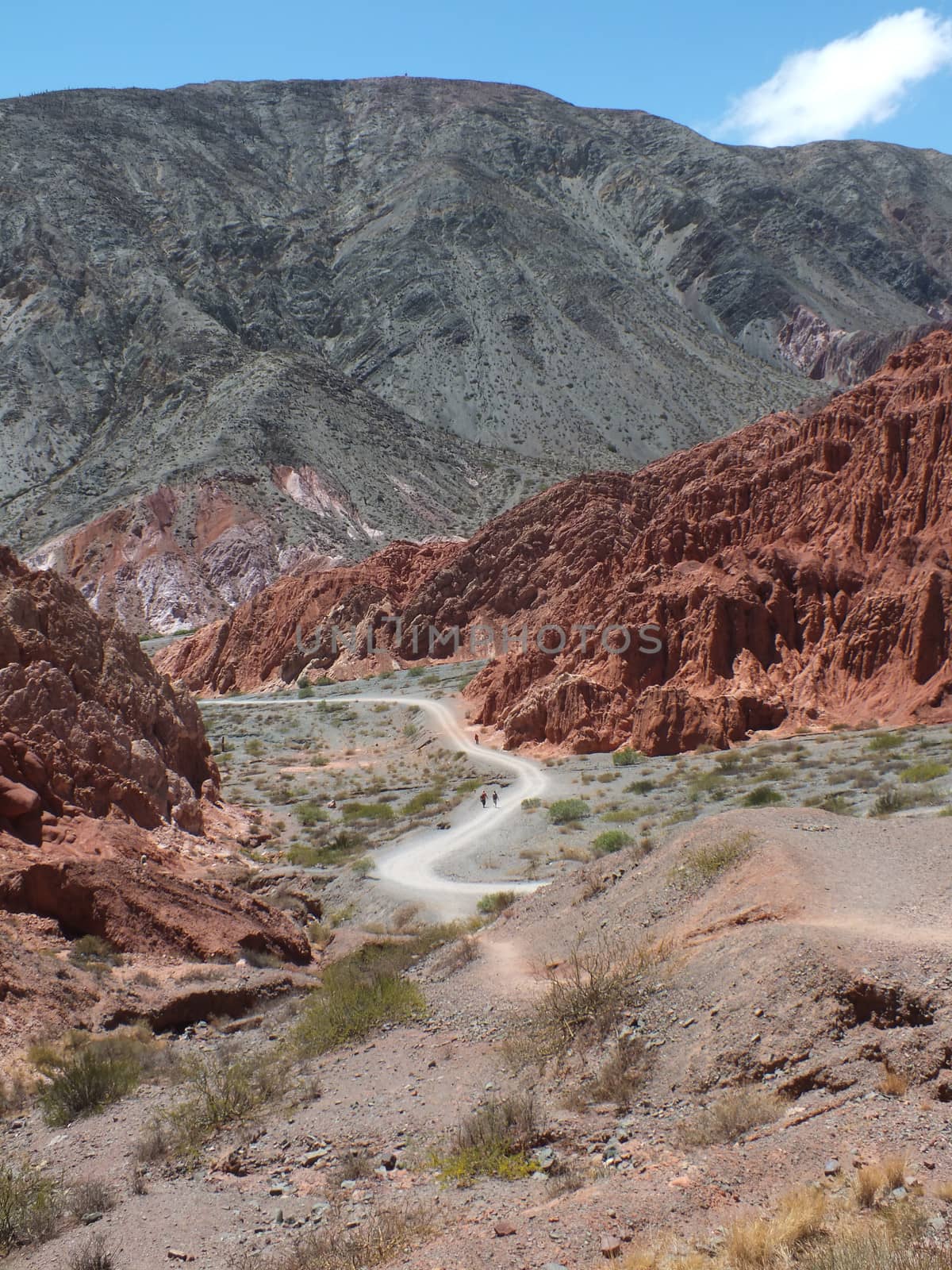
Paseo de los Colorades
Stock PhotoUsername
glynspencerResolution
3456x4608pxPaseo de los Colorades

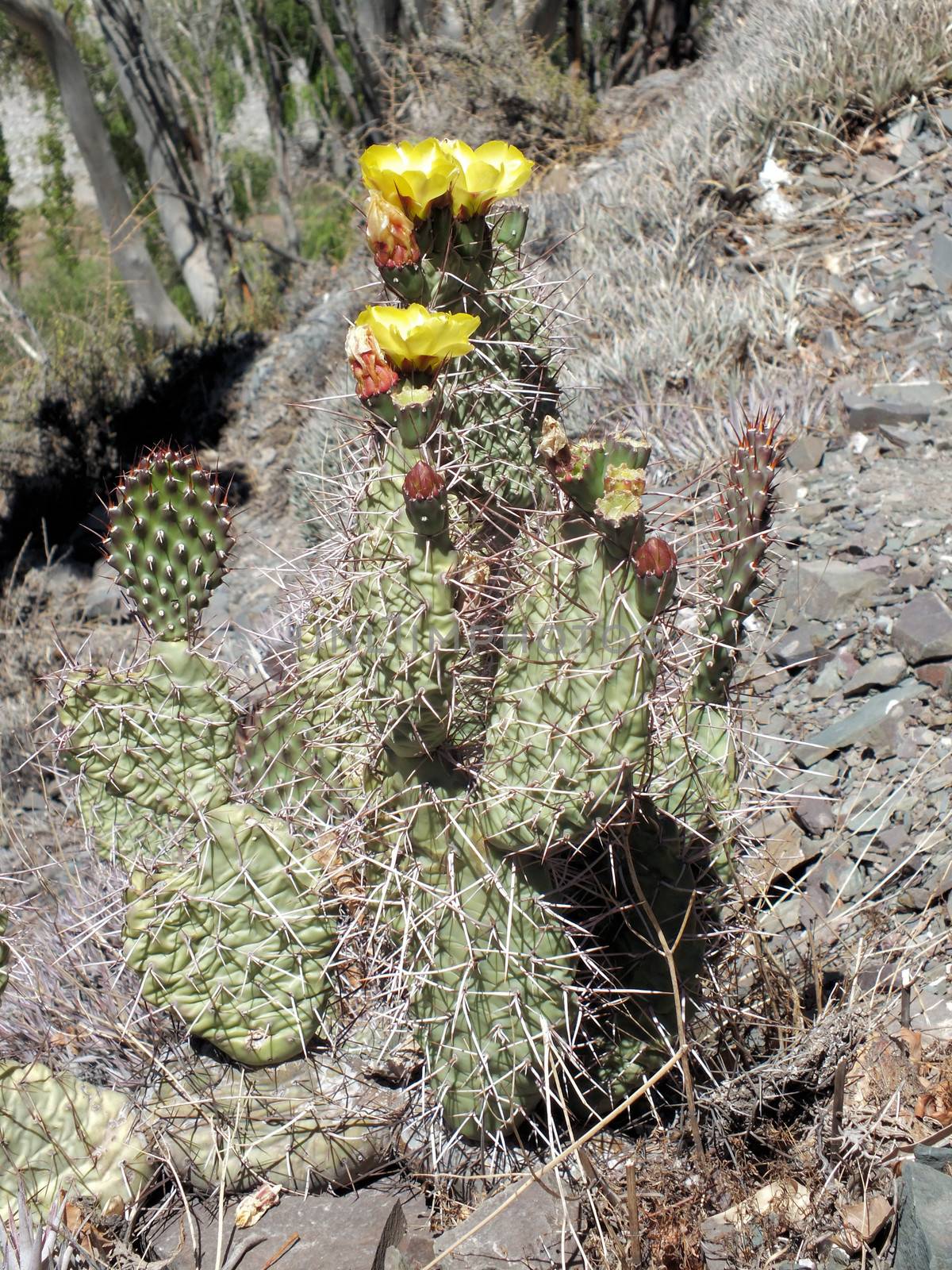
Opuntia aurantiaca (Jointed Prickly-pear) cactus plant
Stock PhotoUsername
glynspencerResolution
3456x4608pxOpuntia aurantiaca (Jointed Prickly-pear) cactus plant

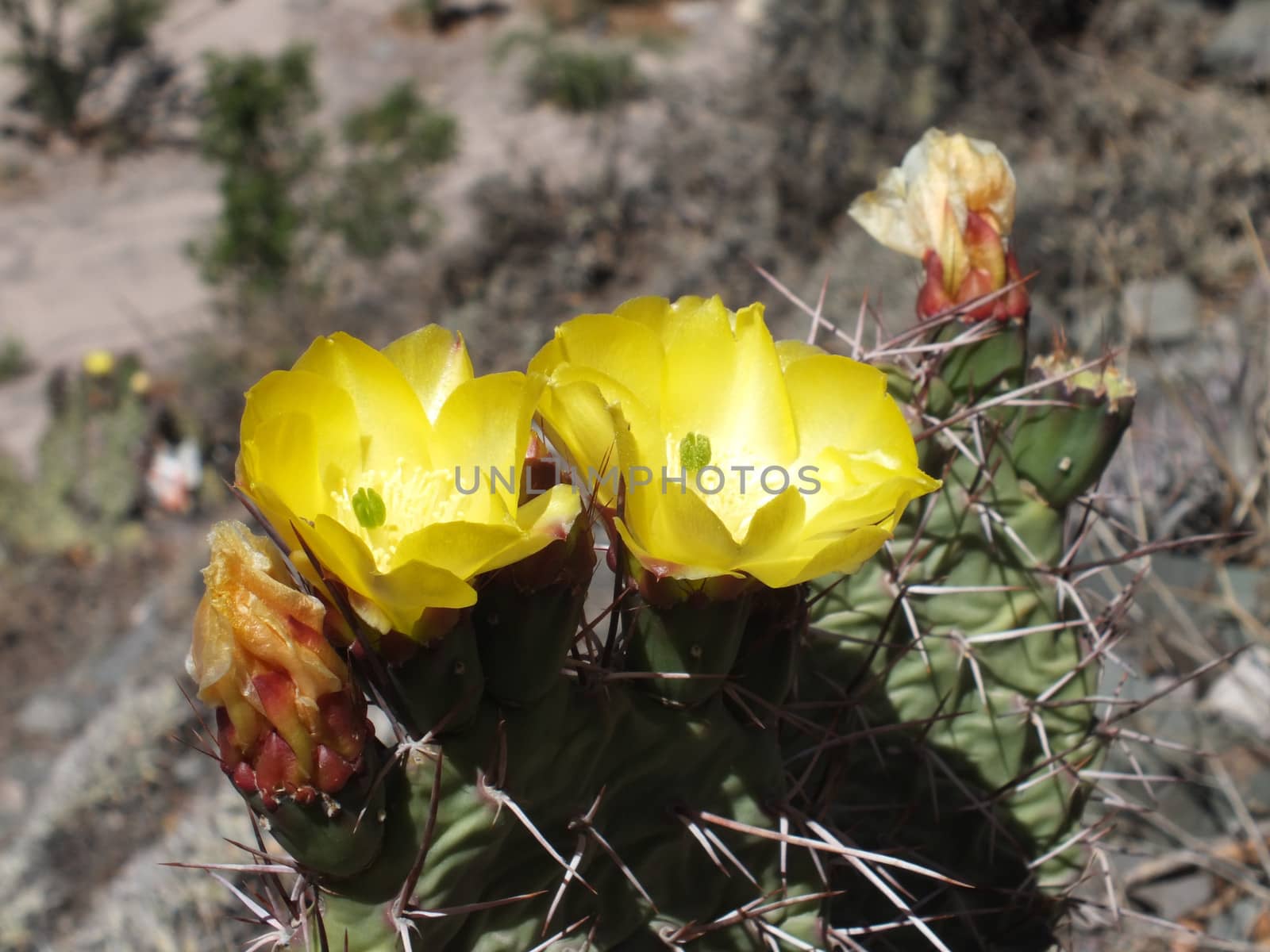
Opuntia aurantiaca (Jointed Prickly-pear) flower
Stock PhotoUsername
glynspencerResolution
4608x3456pxOpuntia aurantiaca (Jointed Prickly-pear) flower

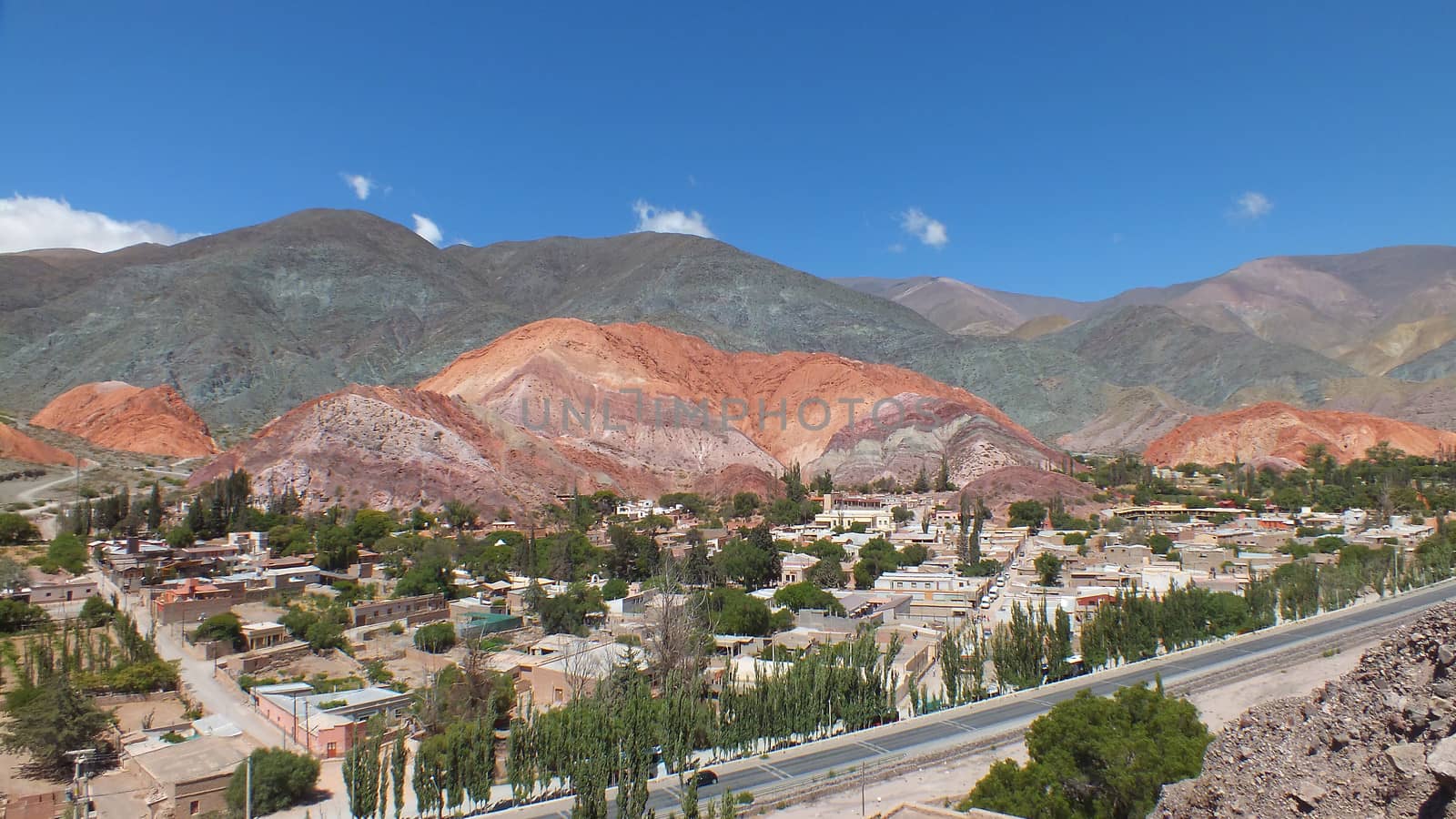
Cerro de Siete Colores
Stock PhotoUsername
glynspencerResolution
4608x2592pxCerro de Siete Colores

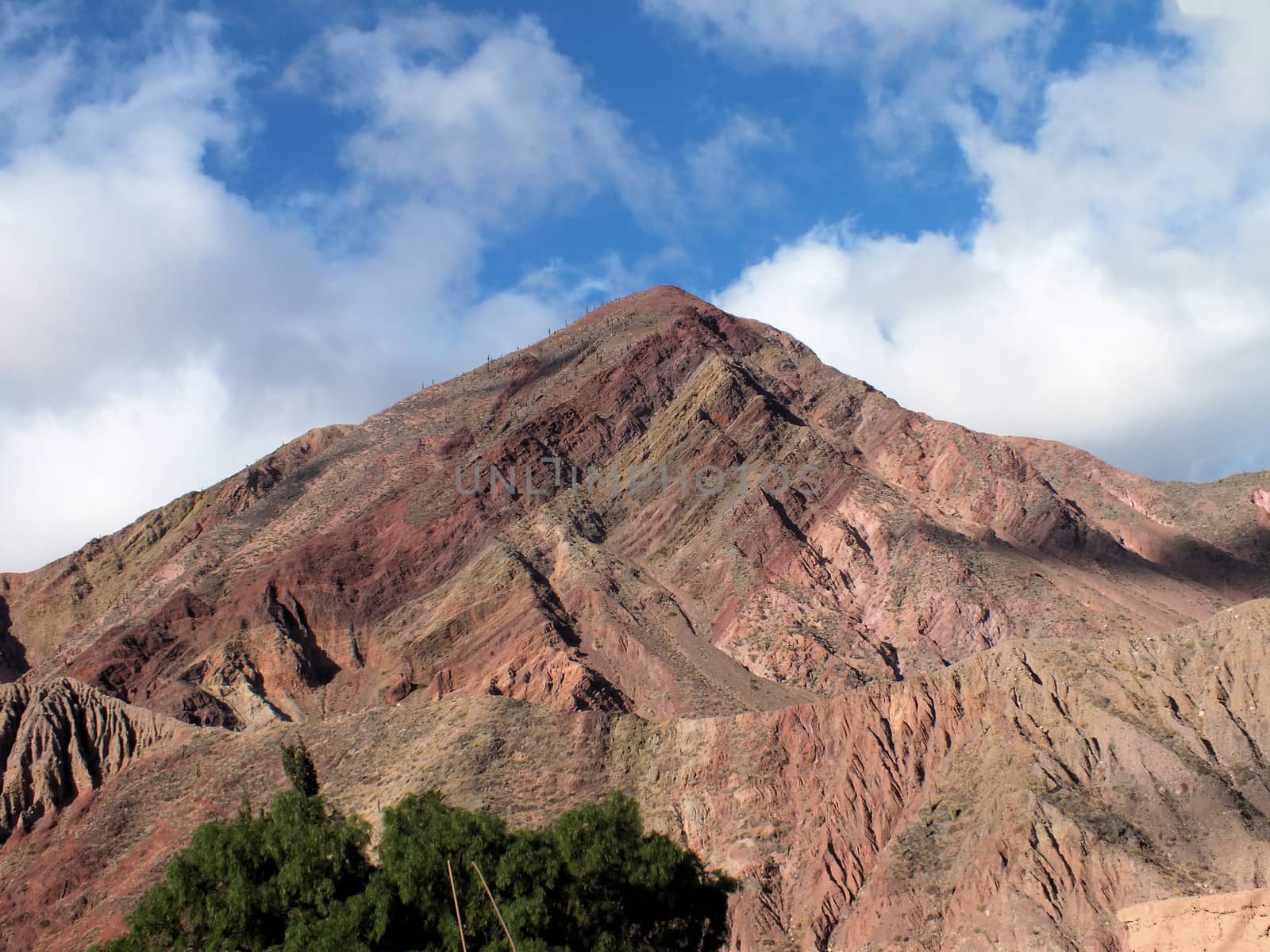
Multicoloured mountain north of Purmamarca
Stock PhotoUsername
glynspencerResolution
4608x3456pxMulticoloured mountain north of Purmamarca

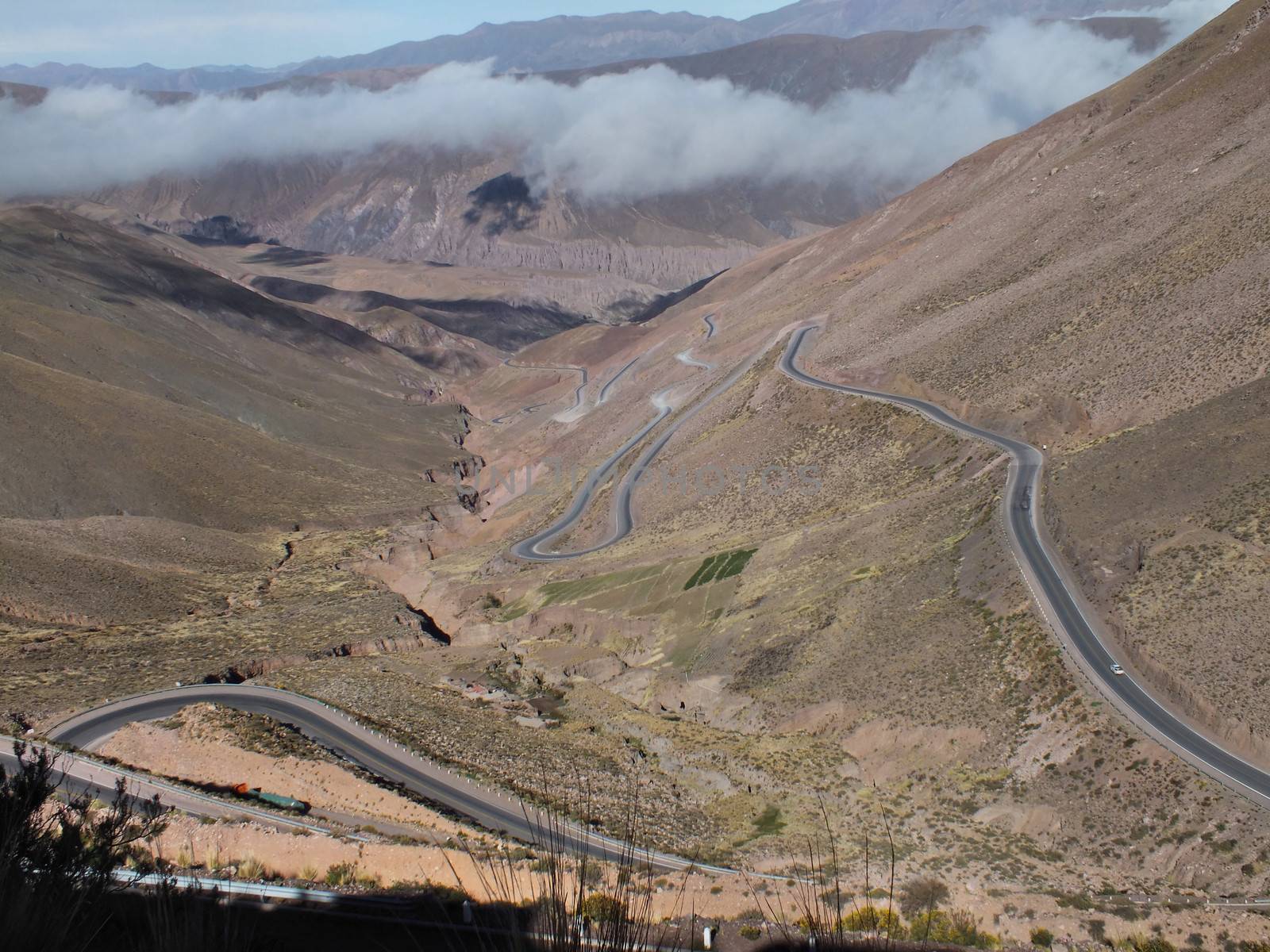
Hairpin bends leading up the Cuesta del Lipan
Stock PhotoUsername
glynspencerResolution
4608x3456pxHairpin bends leading up the Cuesta del Lipan

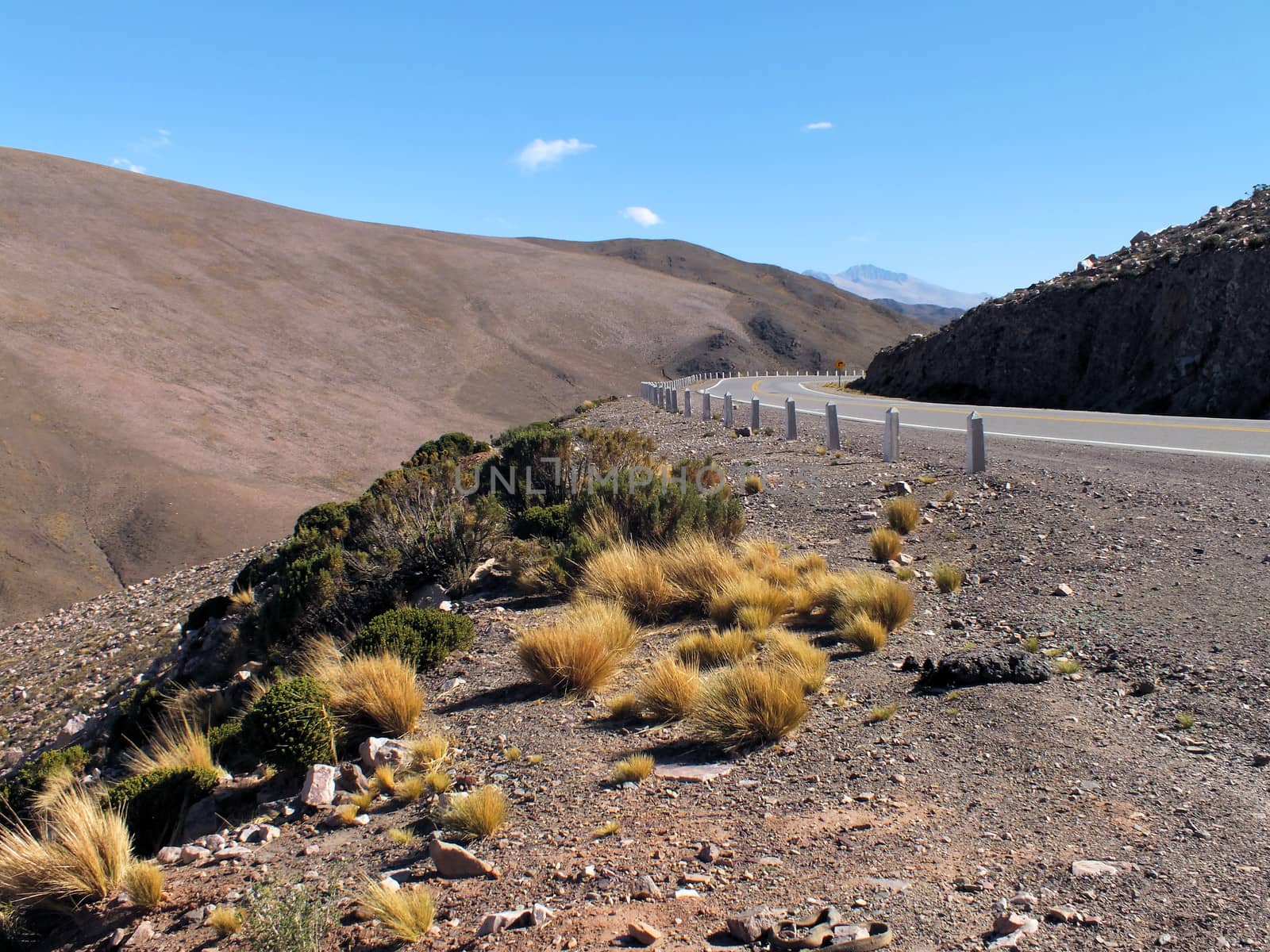
RN52 at the summit of Abra de Potrerillos
Stock PhotoUsername
glynspencerResolution
4608x3456pxRN52 at the summit of Abra de Potrerillos

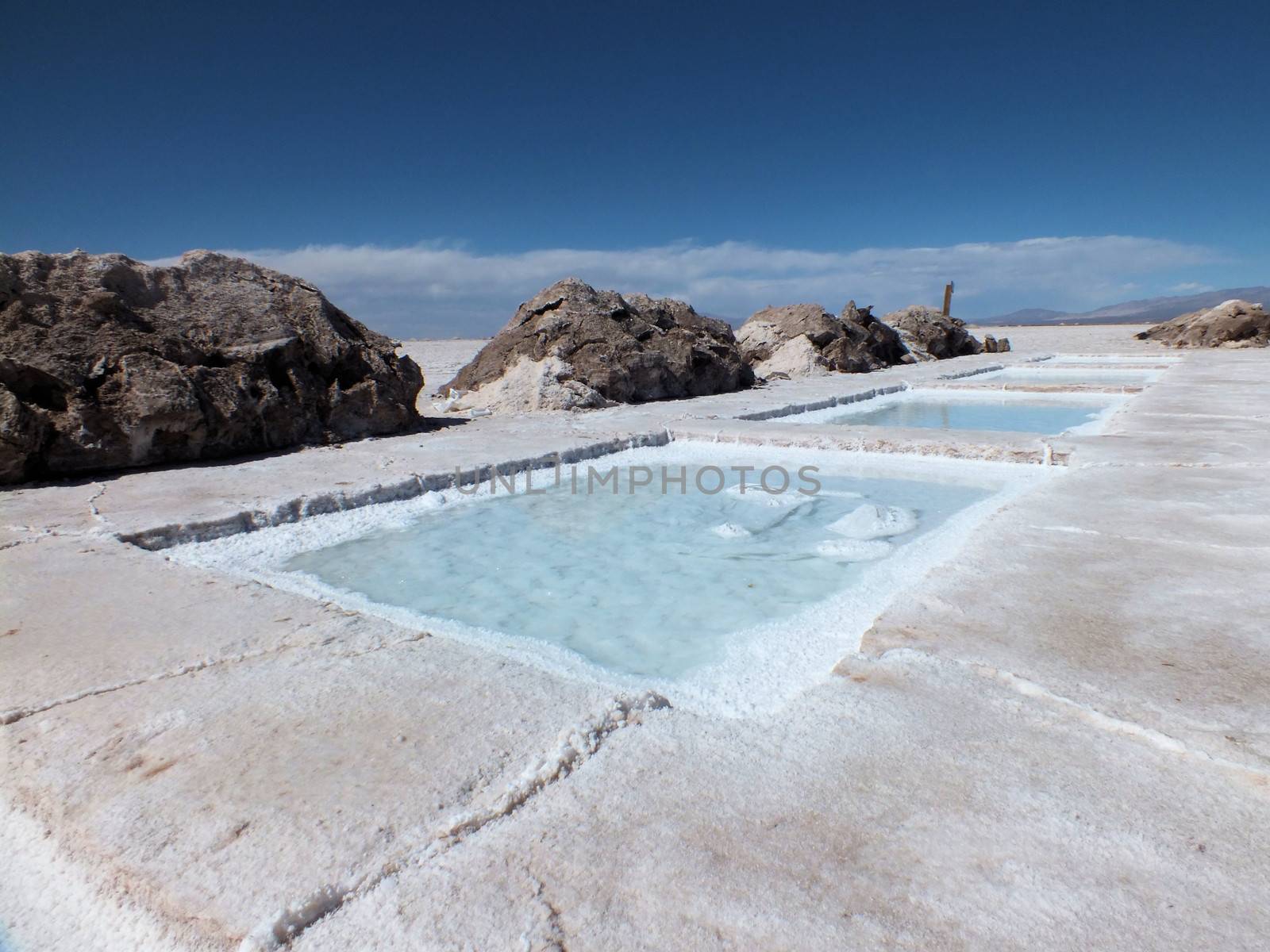
Salt Pans
Stock PhotoUsername
glynspencerResolution
4435x3325pxSalt Pans

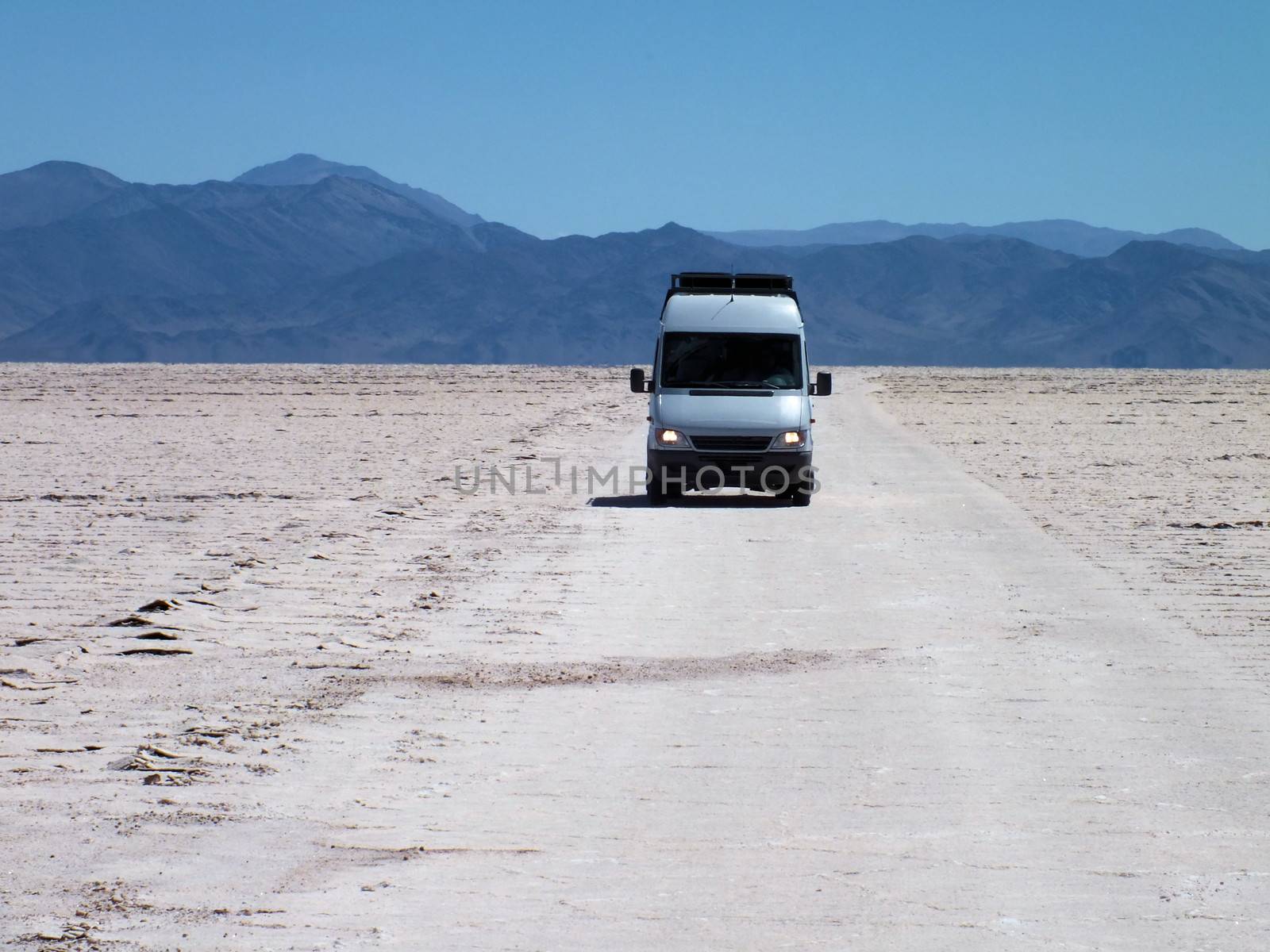
Driving across the Salinas Grandes
Stock PhotoUsername
glynspencerResolution
4468x3350pxDriving across the Salinas Grandes

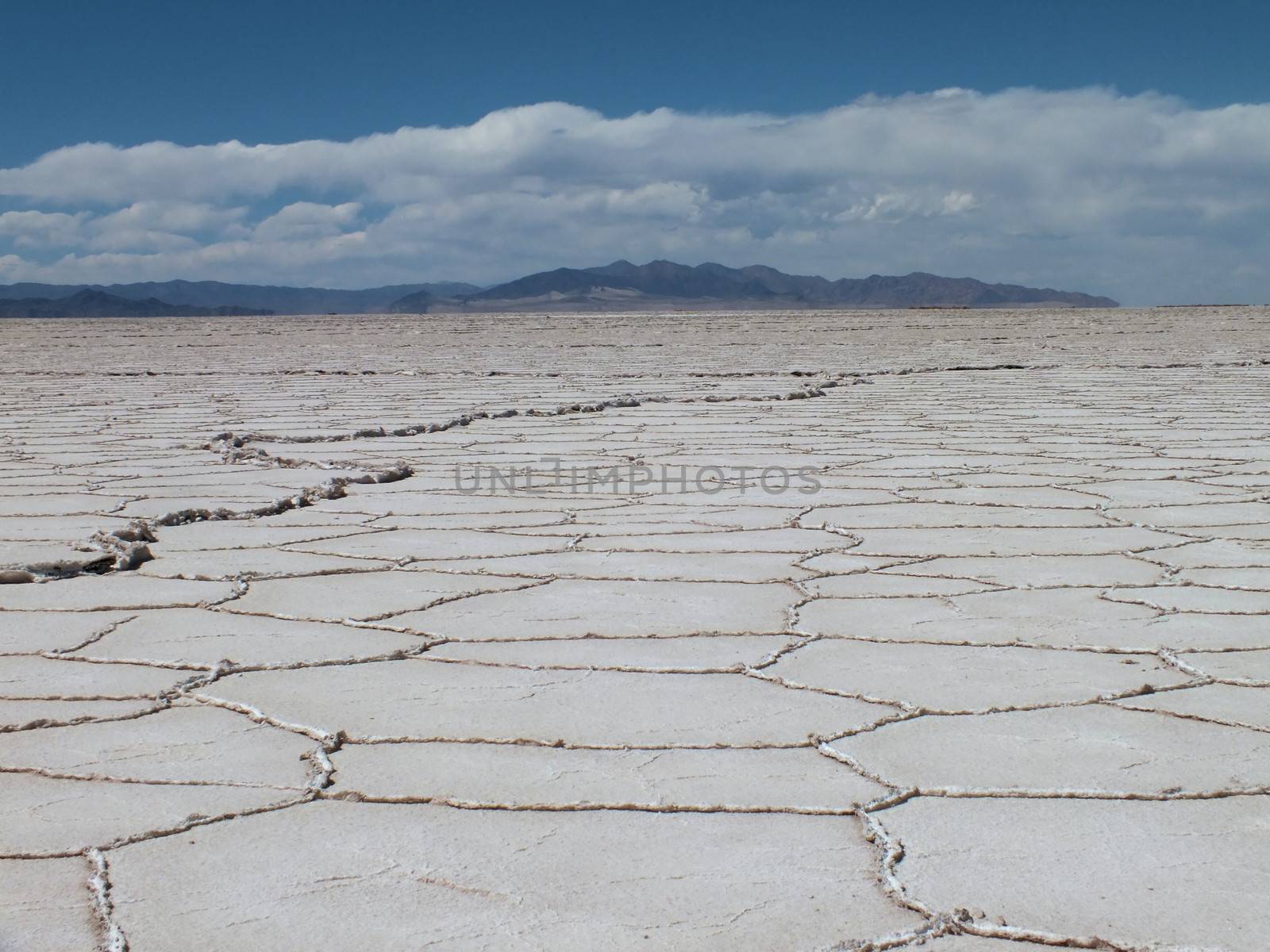
Salinas Grandes
Stock PhotoUsername
glynspencerResolution
4608x3456pxSalinas Grandes

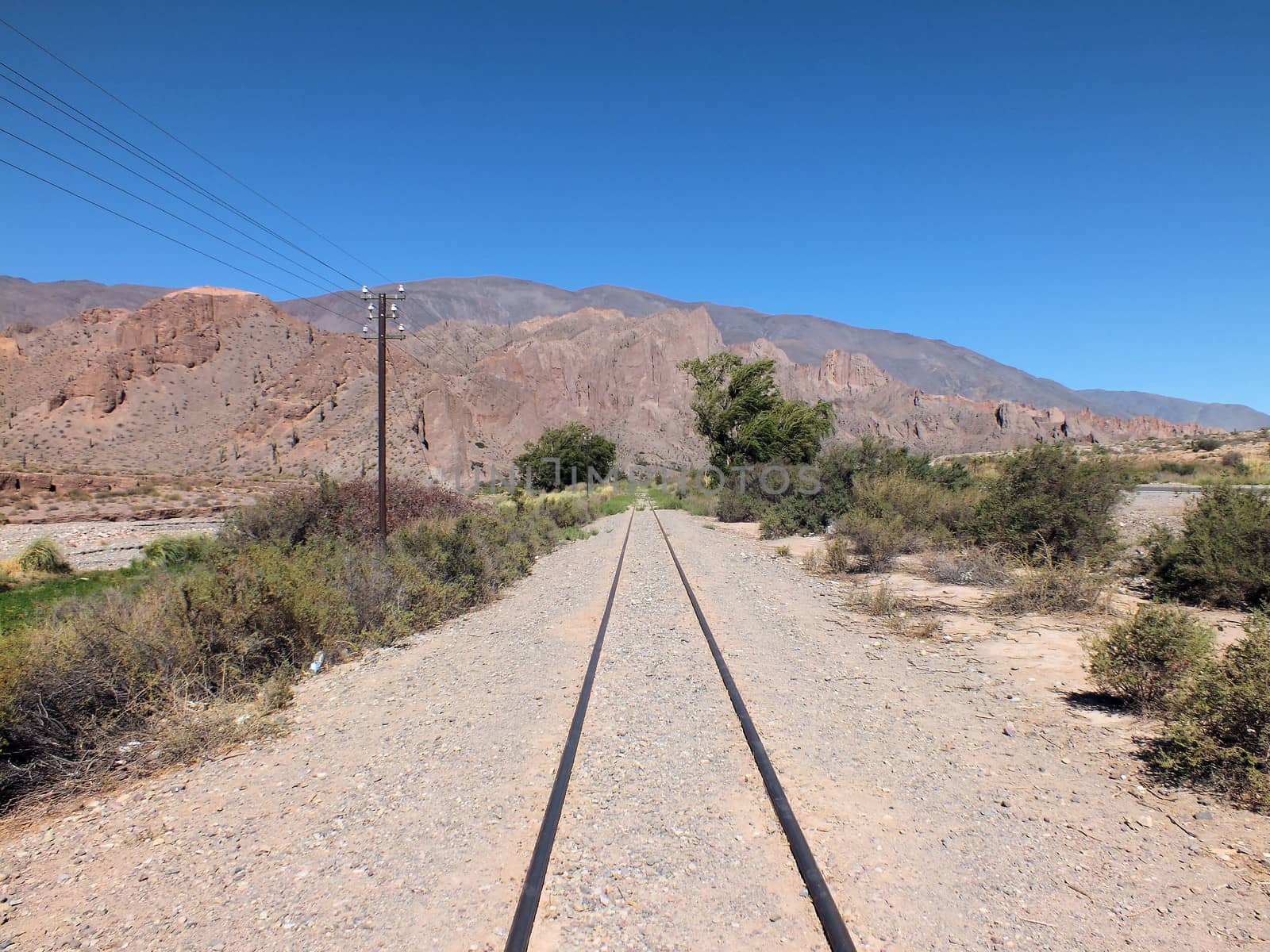
Railway heading north through Quebrada del Toro
Stock PhotoUsername
glynspencerResolution
4608x3456pxRailway heading north through Quebrada del Toro

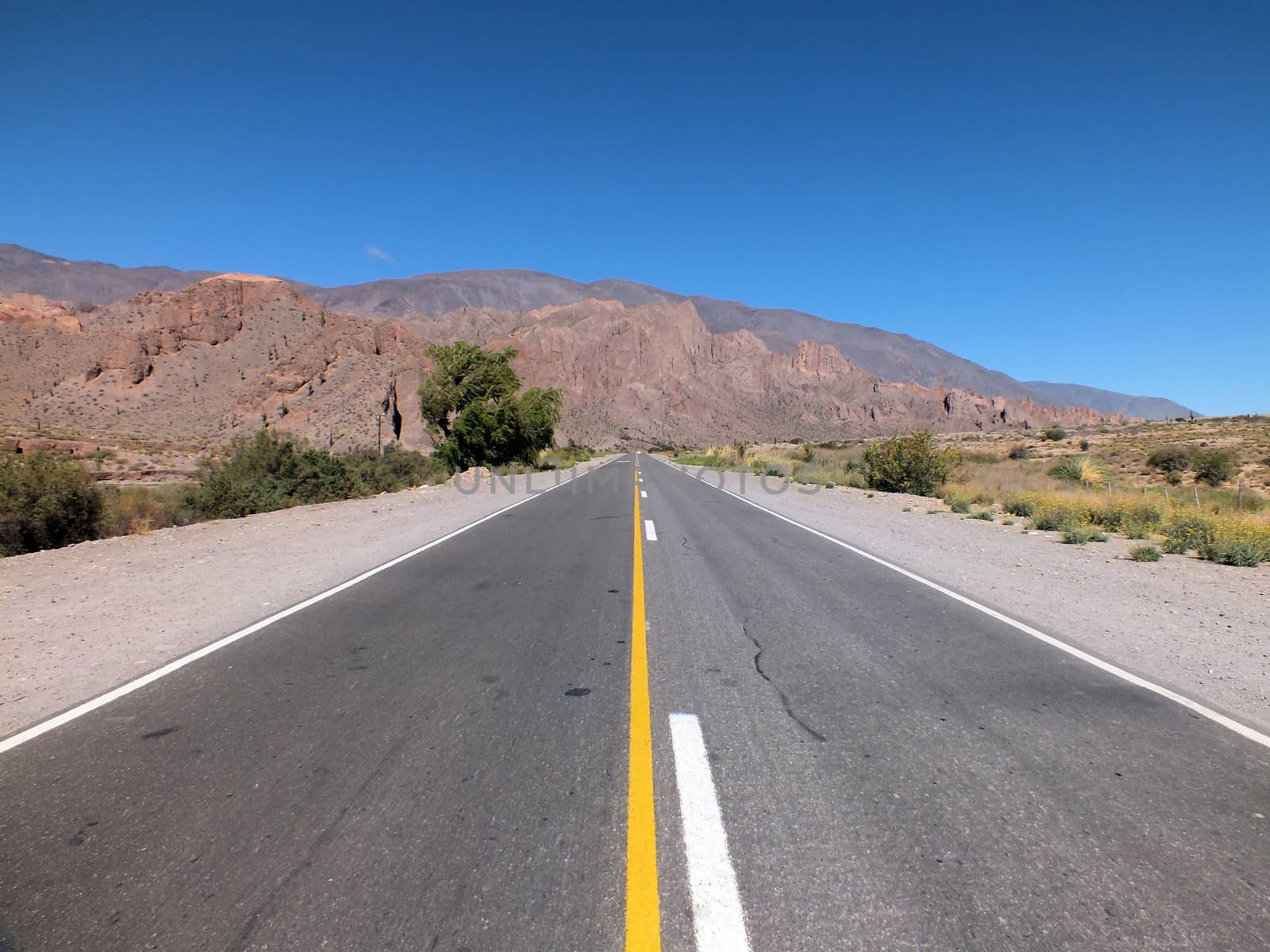
RN51 heading north through Quebrada del Toro
Stock PhotoUsername
glynspencerResolution
4608x3456pxRN51 heading north through Quebrada del Toro

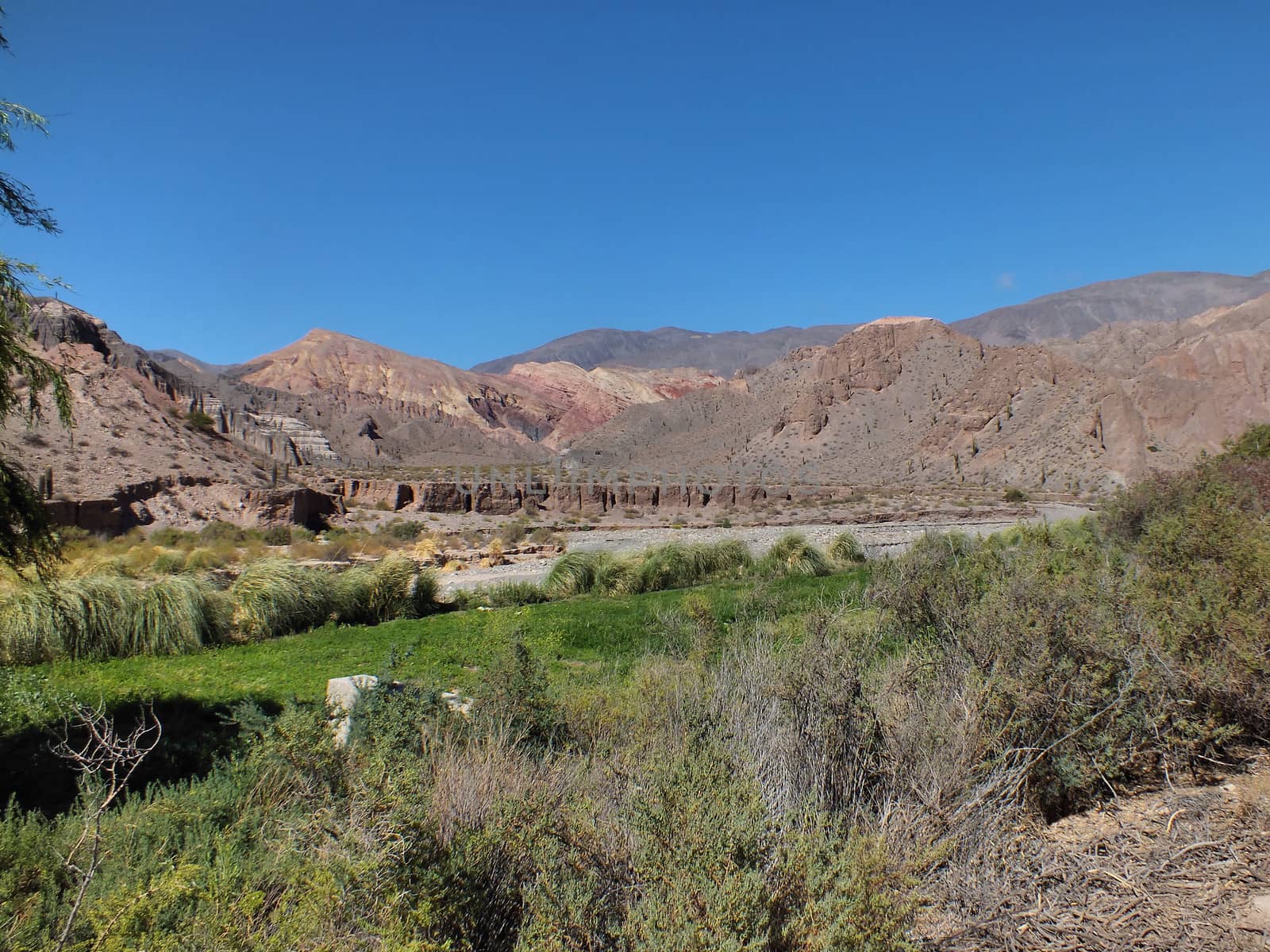
Quebrada del Toro
Stock PhotoUsername
glynspencerResolution
4212x3159pxQuebrada del Toro

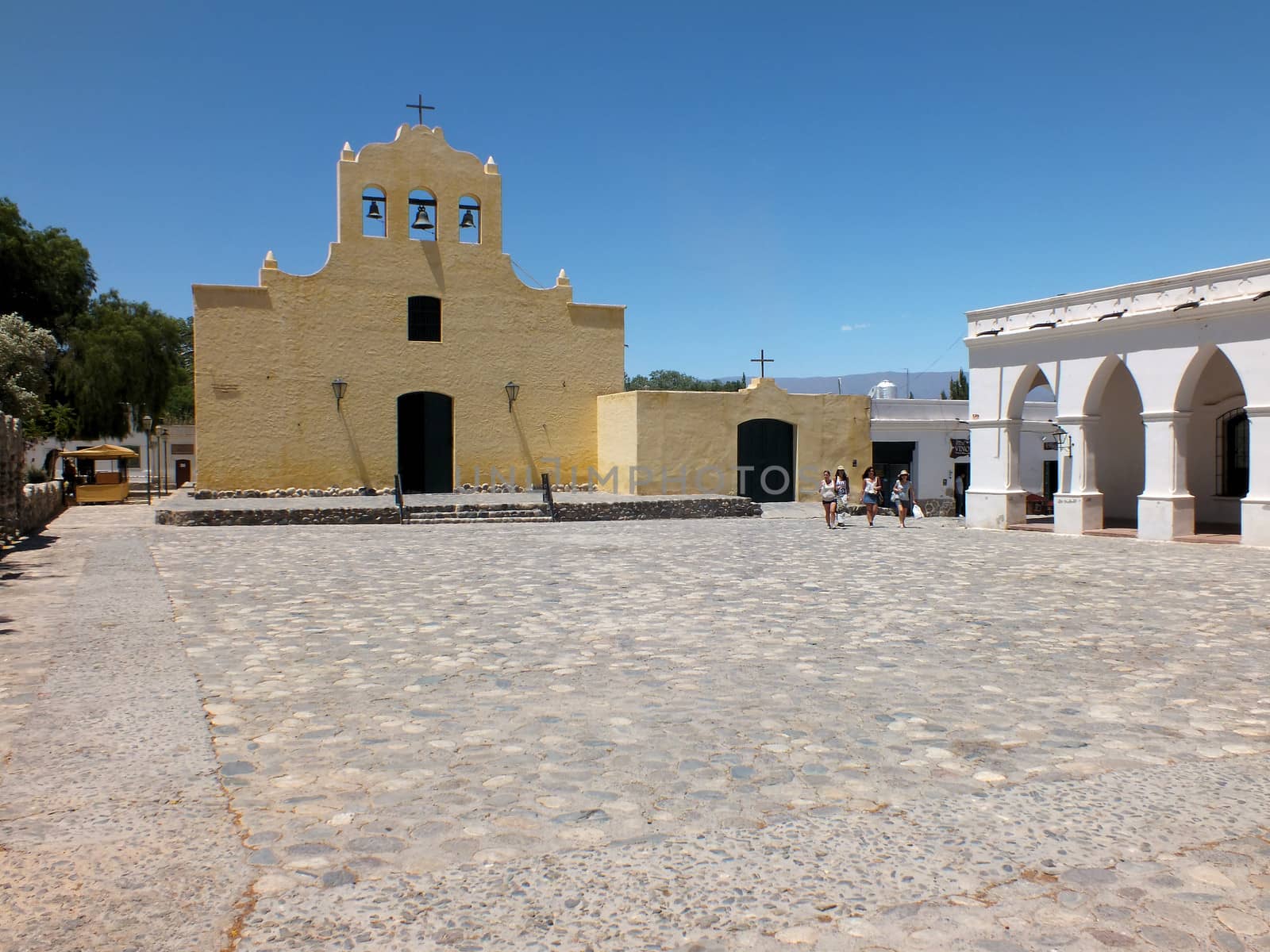
Church of San Jose de Cachi
Stock PhotoUsername
glynspencerResolution
4608x3456pxChurch of San Jose de Cachi

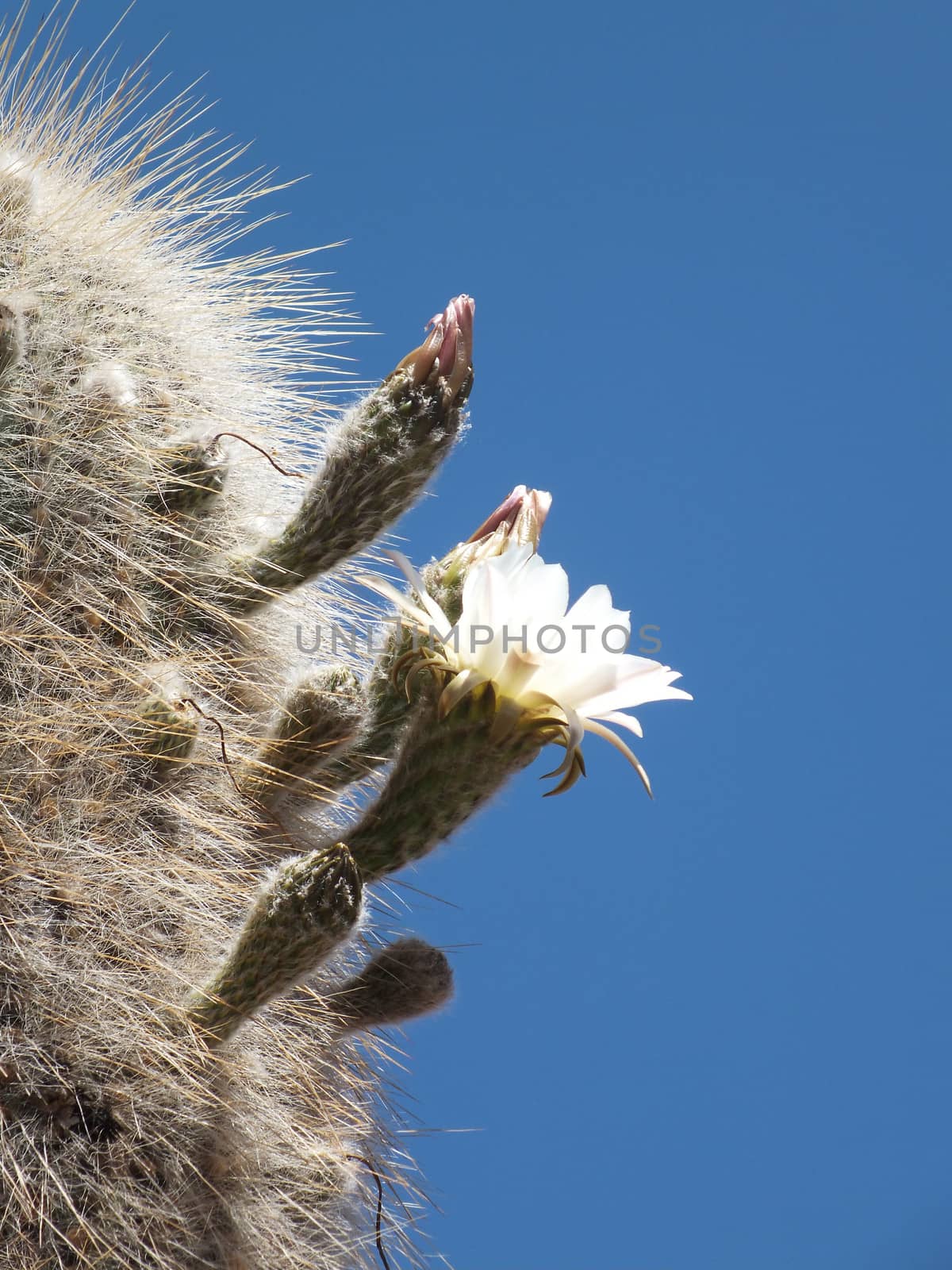
Echinopsis atacamensis cactus flower
Stock PhotoUsername
glynspencerResolution
3456x4608pxEchinopsis atacamensis cactus flower

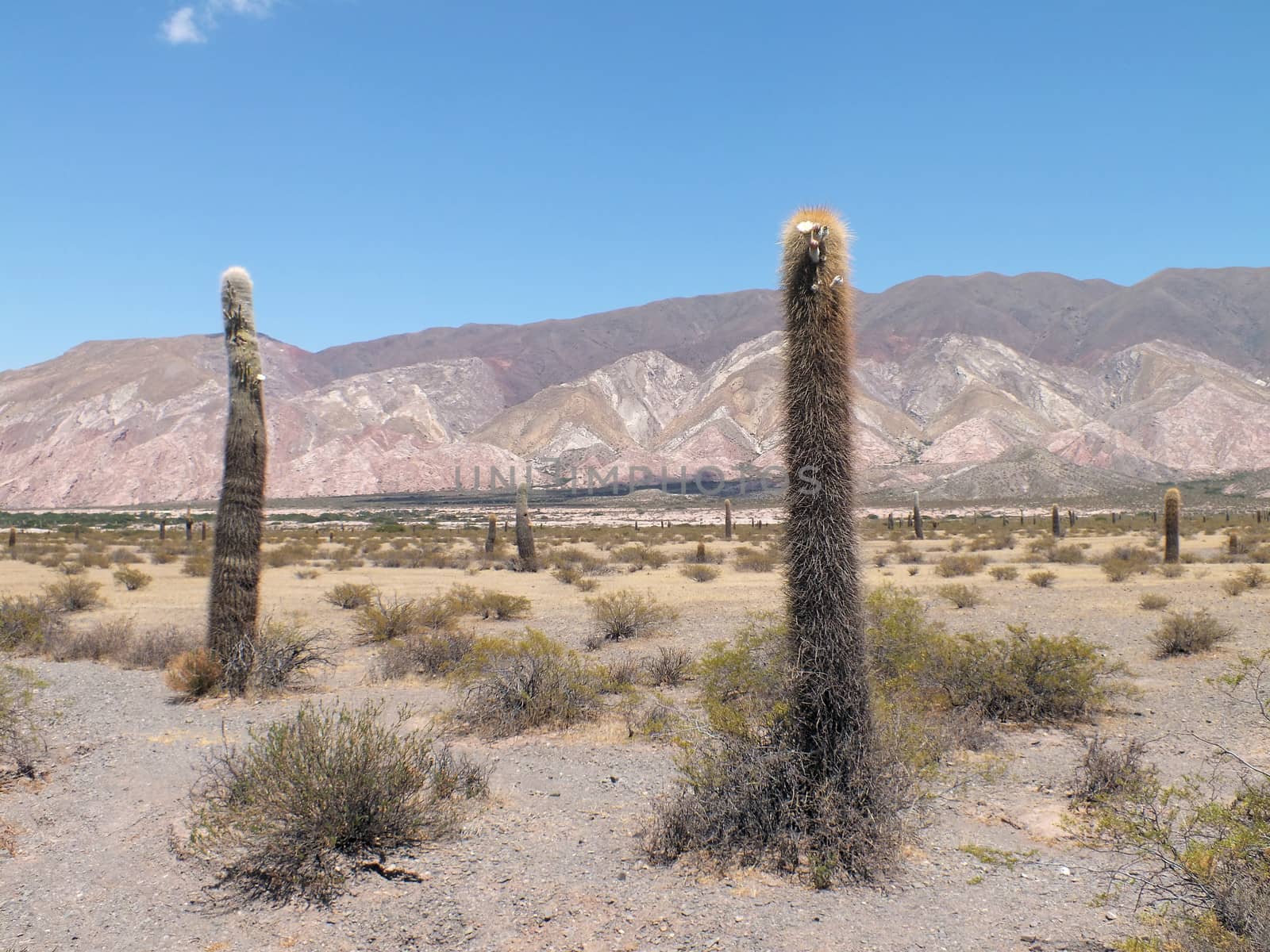
Los Cardones rest area
Stock PhotoUsername
glynspencerResolution
4608x3456pxLos Cardones rest area

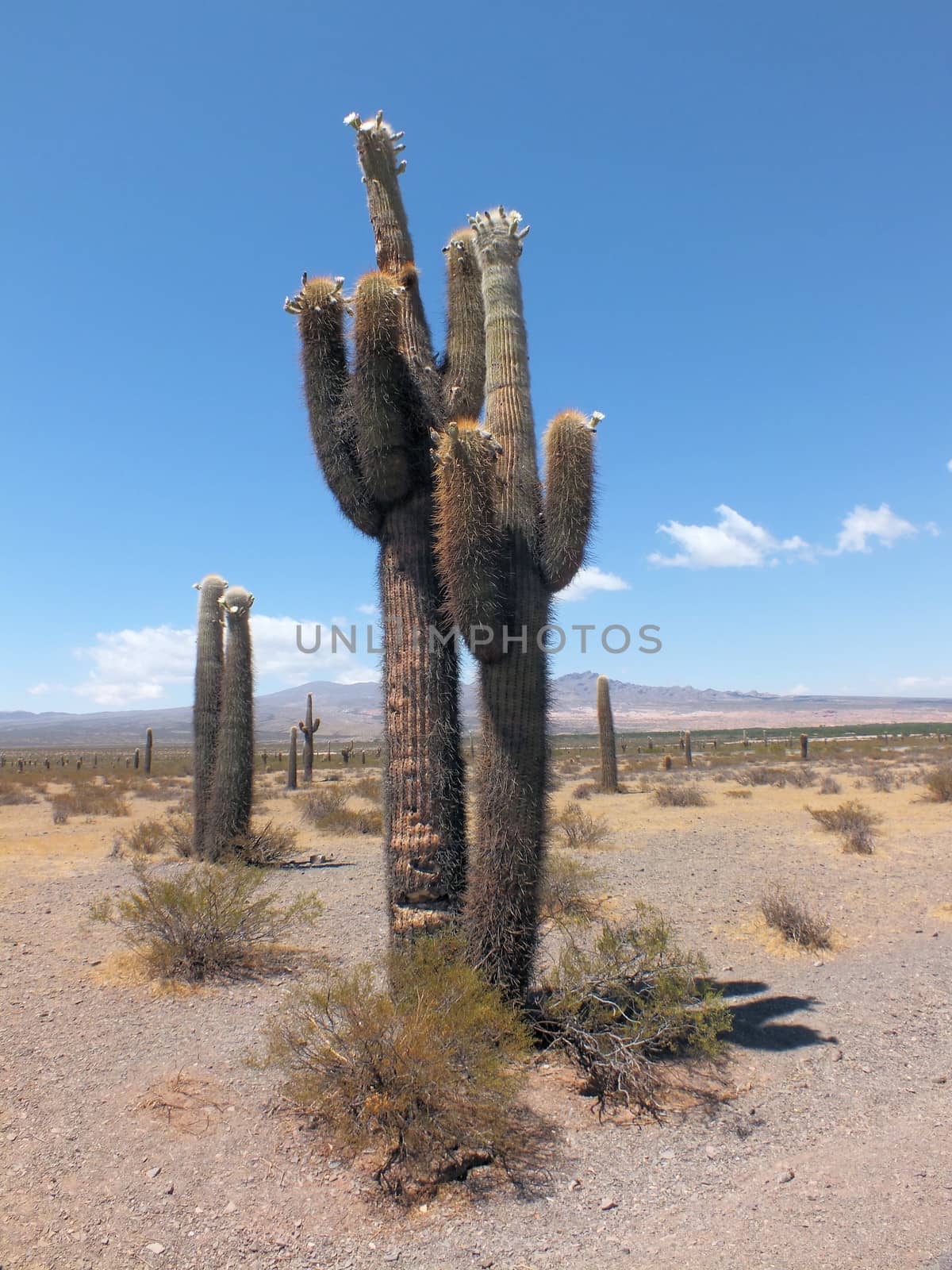
Echinopsis atacamensis cactus
Stock PhotoUsername
glynspencerResolution
3456x4608pxEchinopsis atacamensis cactus

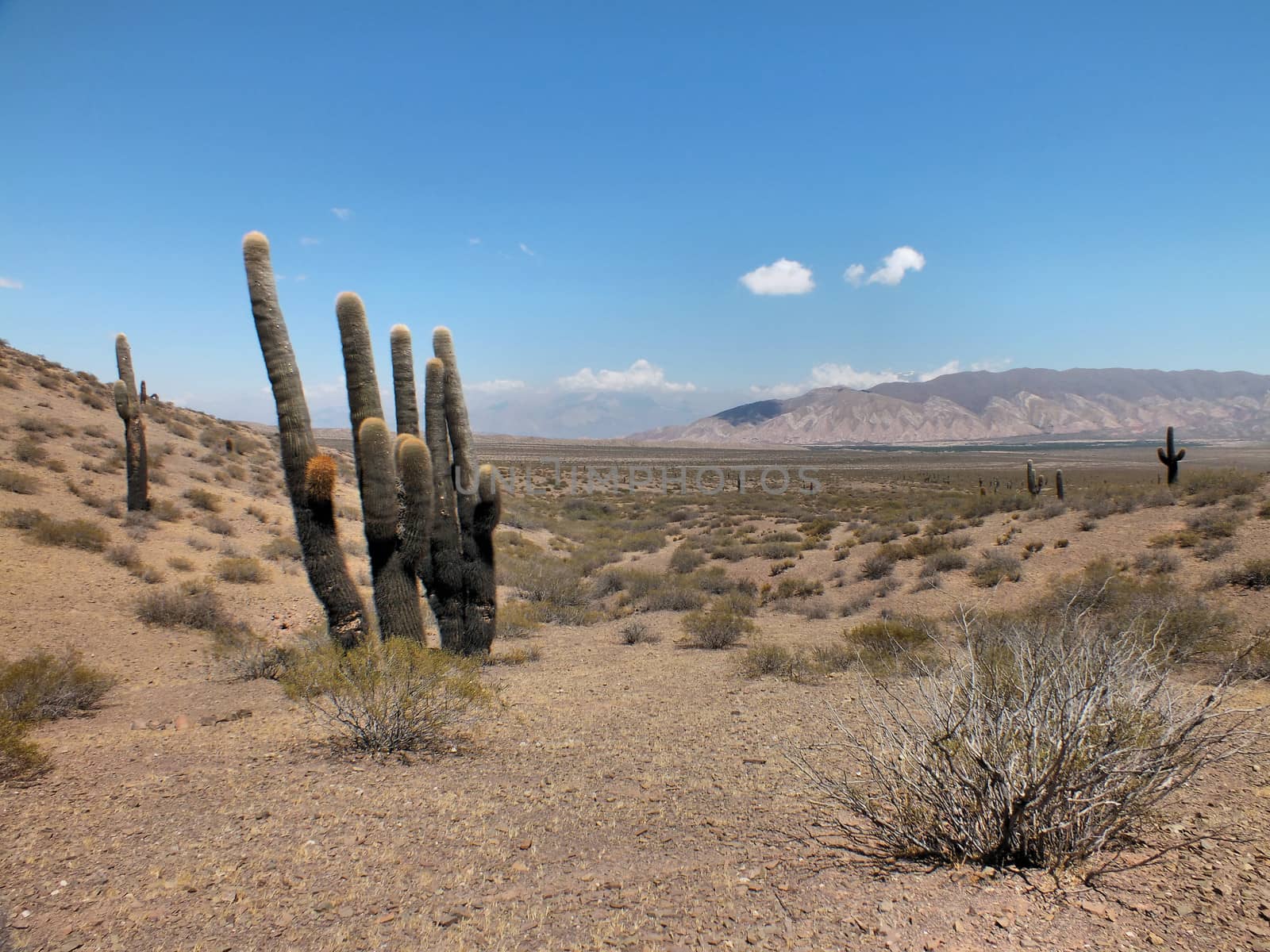
Parque Nacional Los Cardones
Stock PhotoUsername
glynspencerResolution
4608x3456pxParque Nacional Los Cardones

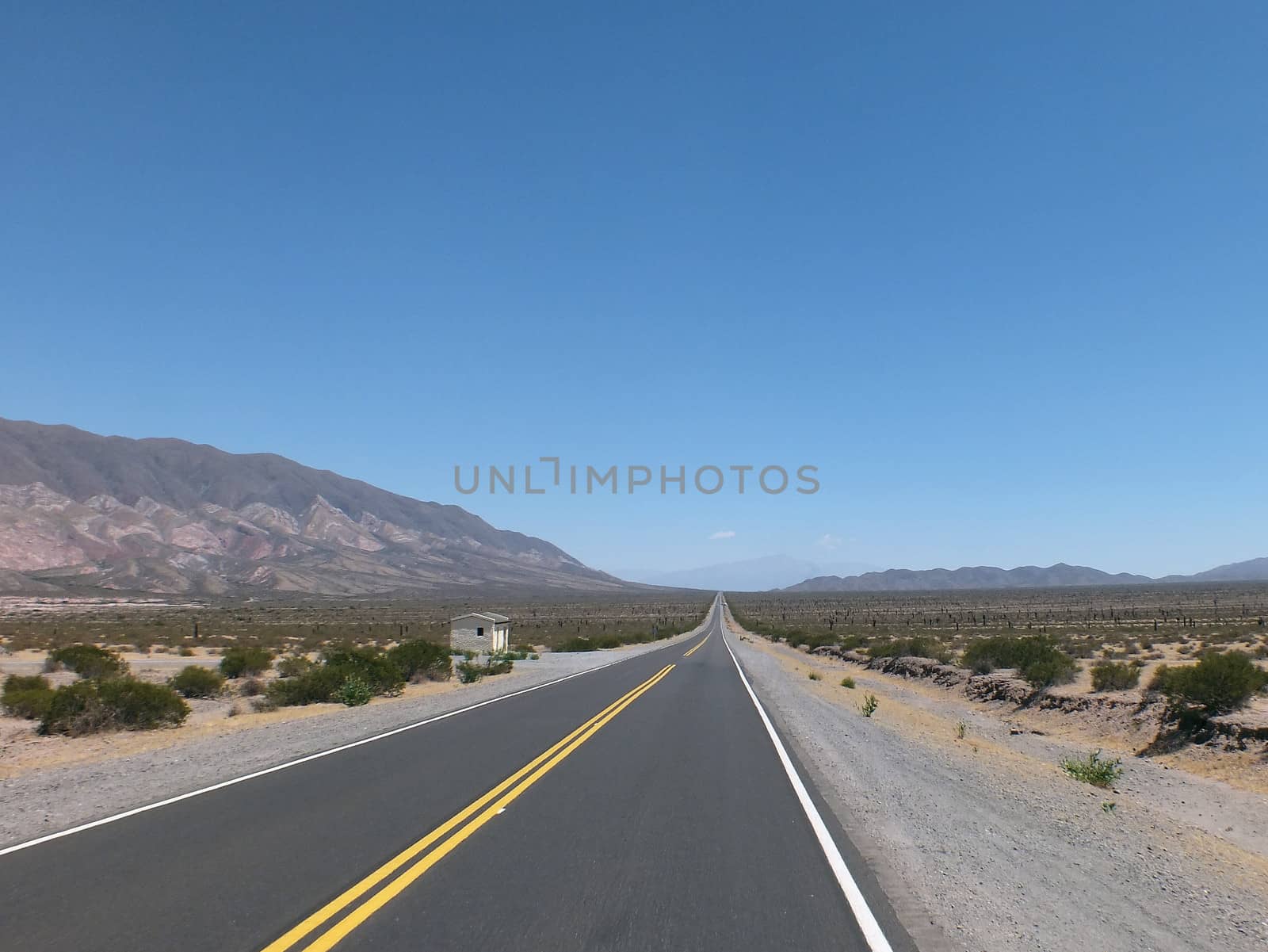
An empty road passing through the Los Cardones National Park
Stock PhotoUsername
glynspencerResolution
3203x2405pxAn empty road passing through the Los Cardones National Park

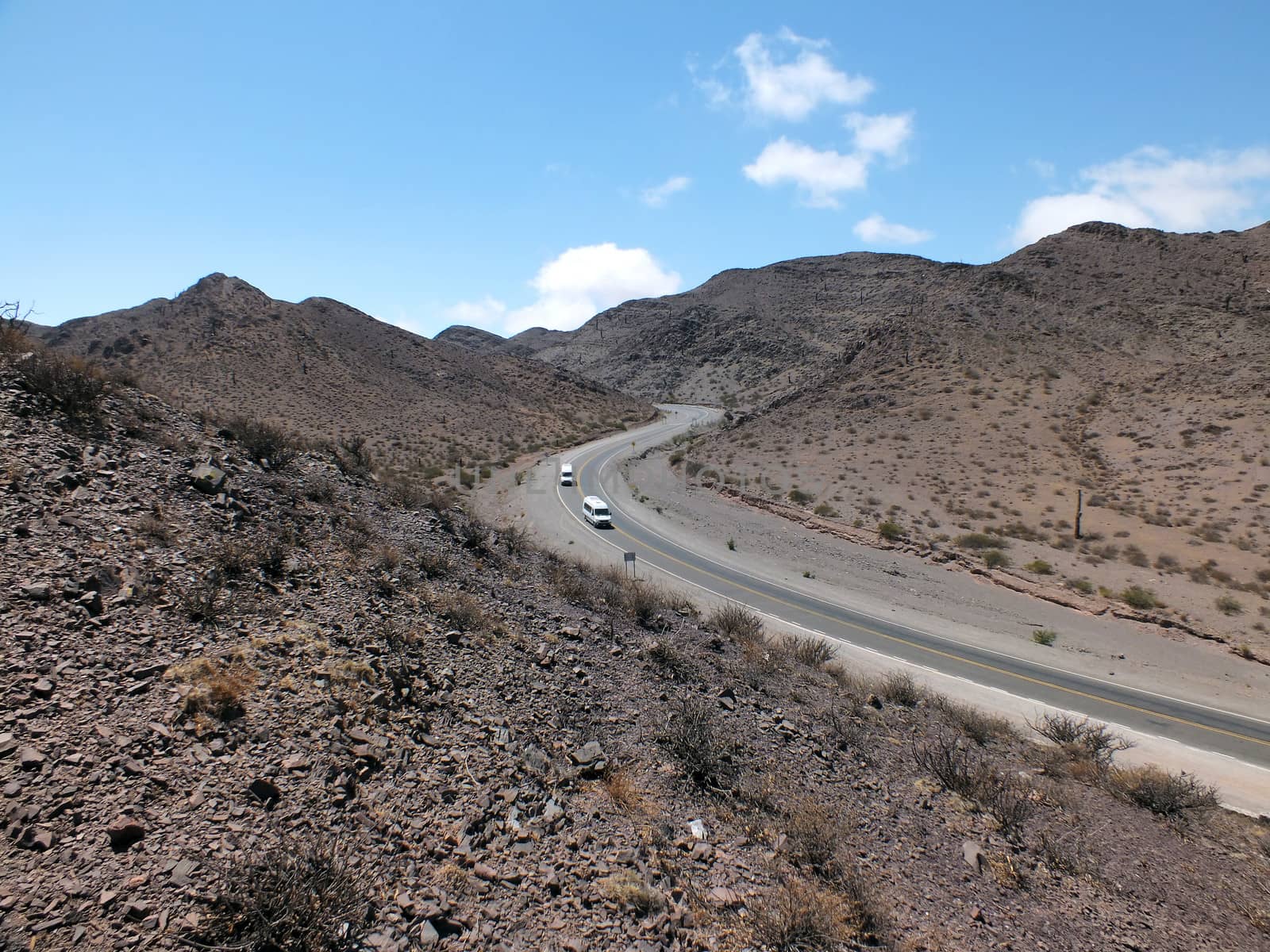
RP33 passng through Los Cardones National Park.
Stock PhotoUsername
glynspencerResolution
4608x3456pxRP33 passng through Los Cardones National Park.

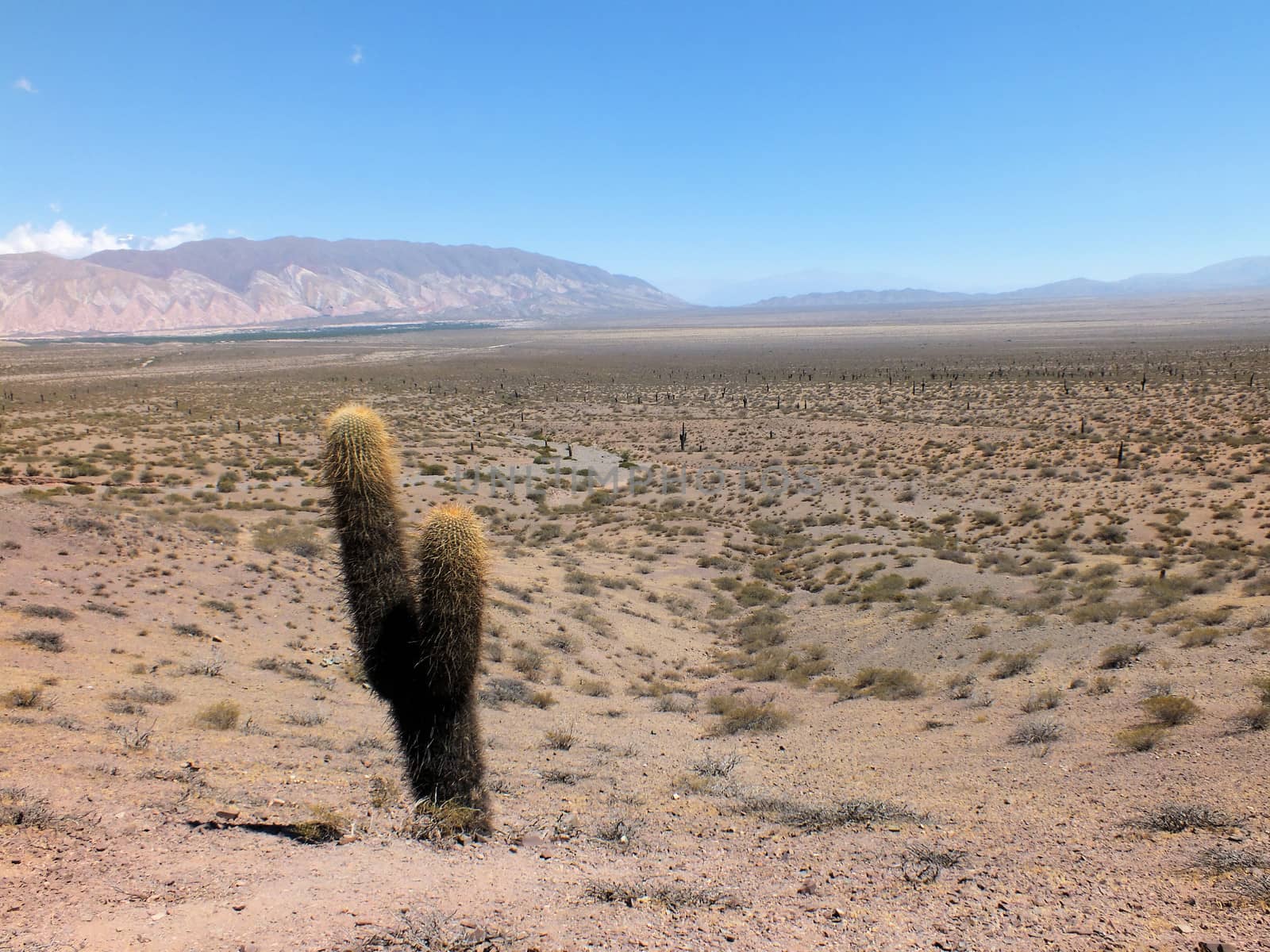
Parque Nacional Los Cardones
Stock PhotoUsername
glynspencerResolution
4577x3432pxParque Nacional Los Cardones

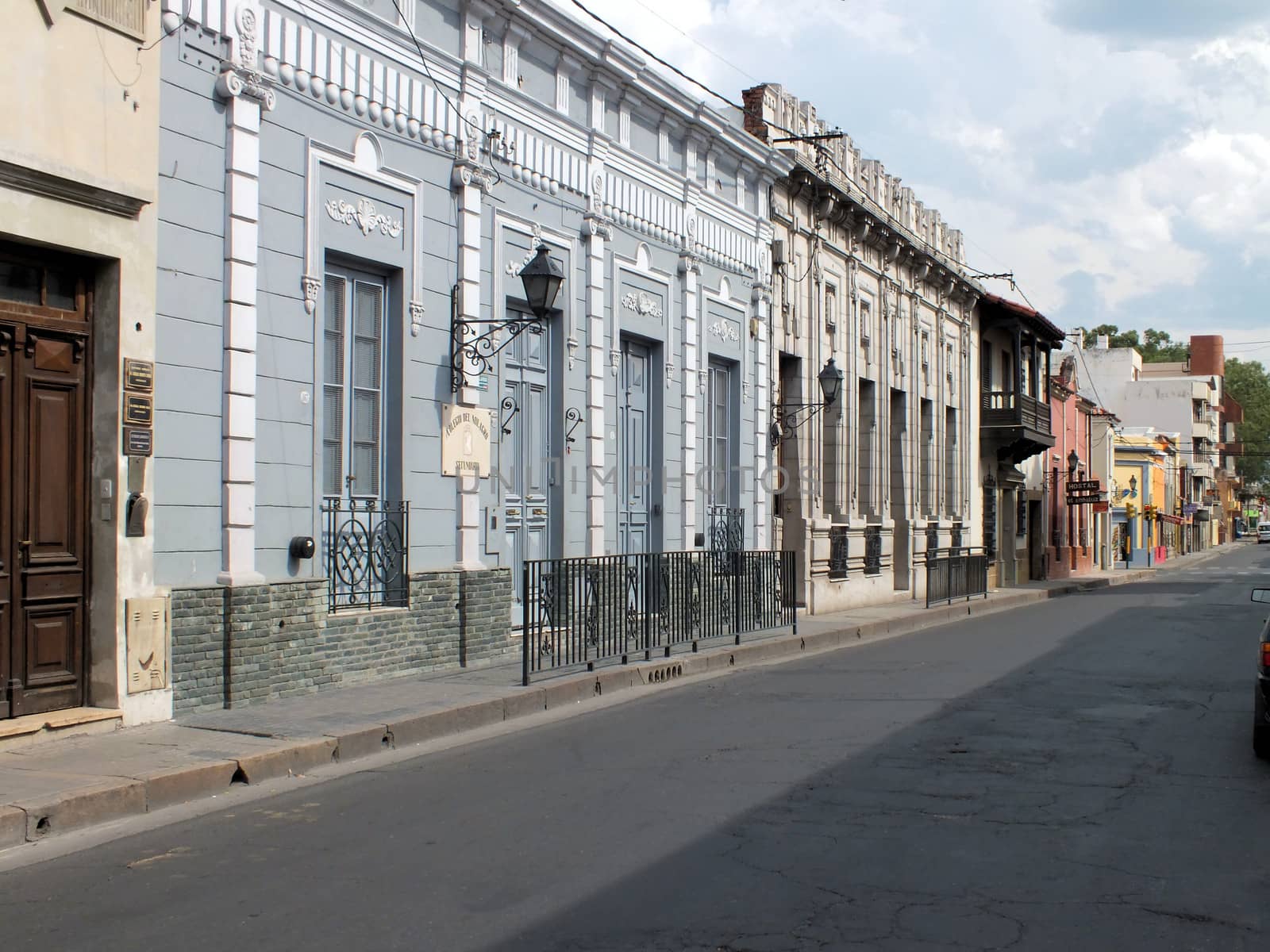
Avendia Cordoba, Salta
Stock PhotoUsername
glynspencerResolution
4608x3456pxAvendia Cordoba, Salta

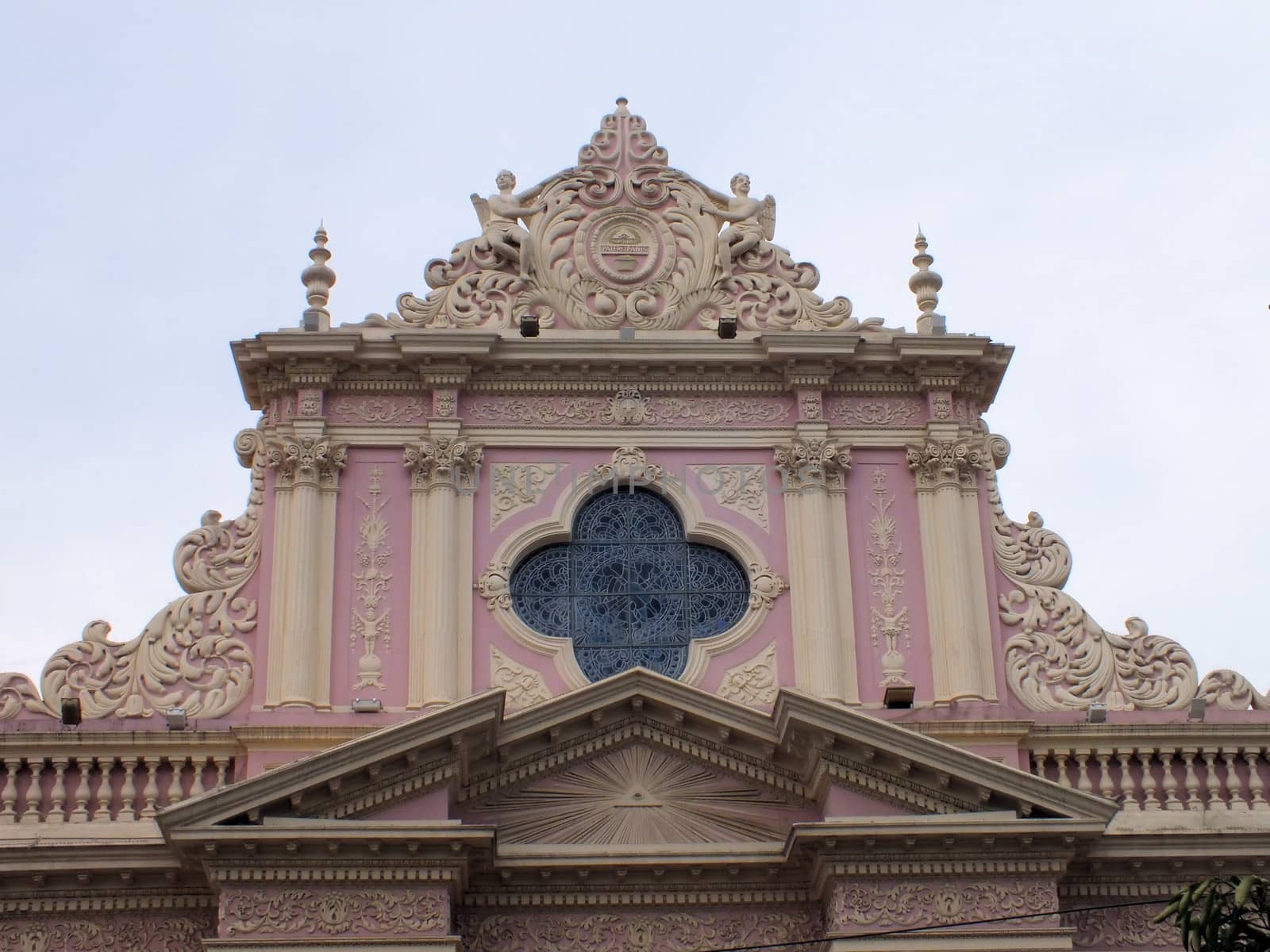
Salta Cathedral facade
Stock PhotoUsername
glynspencerResolution
4608x3456pxSalta Cathedral facade

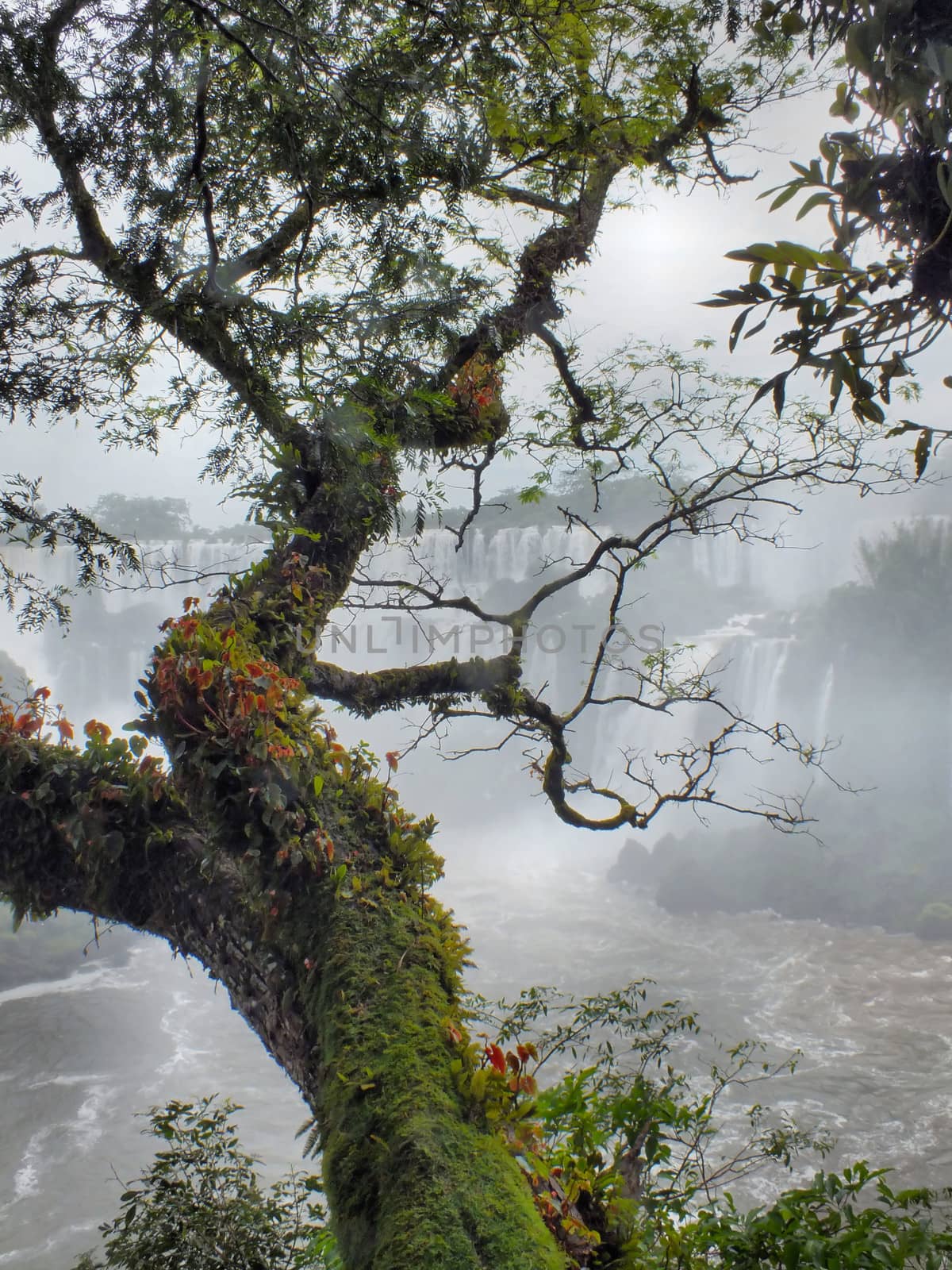
Parasitic plants overlooking Iguacu Falls
Stock PhotoUsername
glynspencerResolution
3456x4608pxParasitic plants overlooking Iguacu Falls

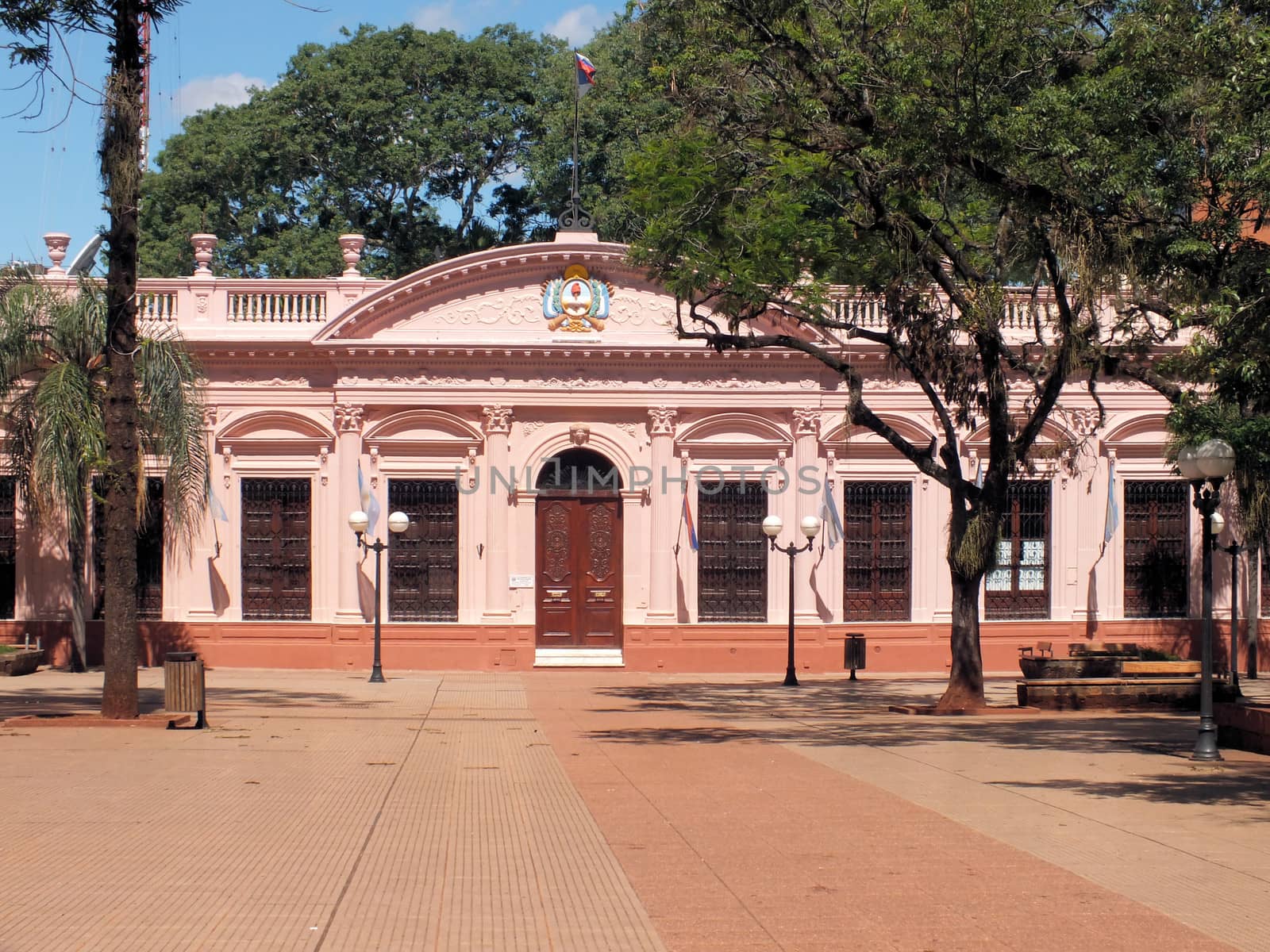
Casa de Gobierno, Pousadas
Stock PhotoUsername
glynspencerResolution
4549x3412pxCasa de Gobierno, Pousadas

